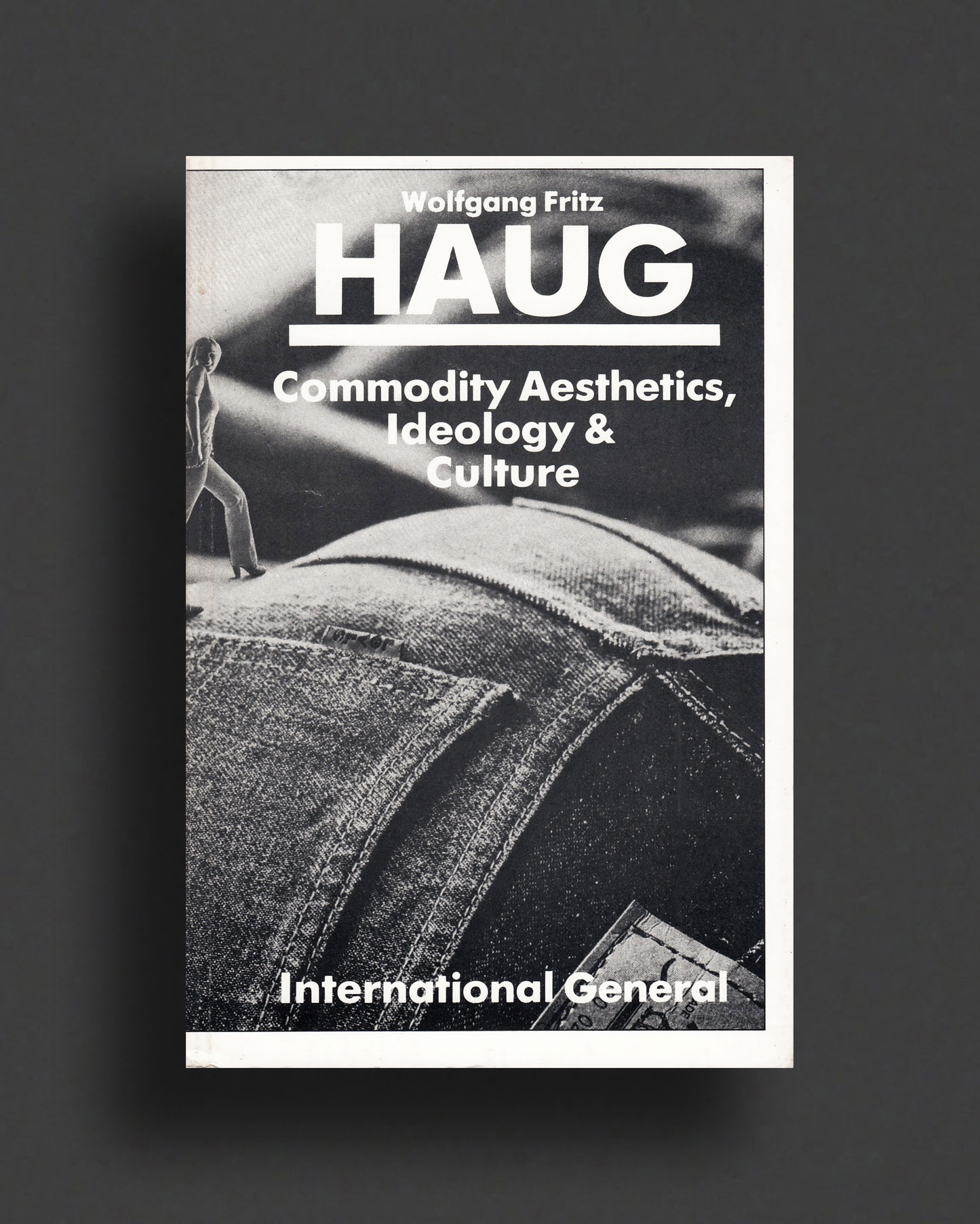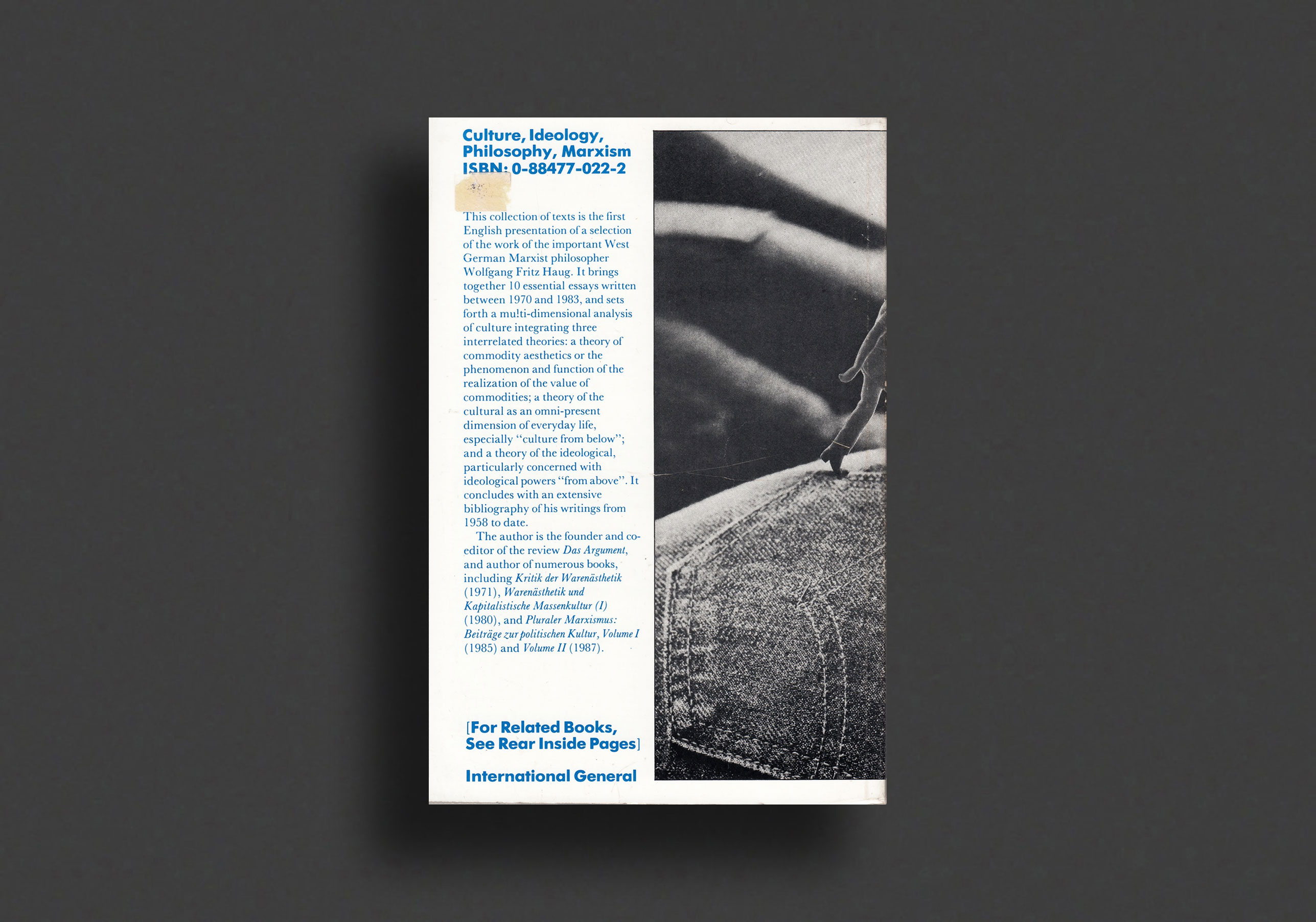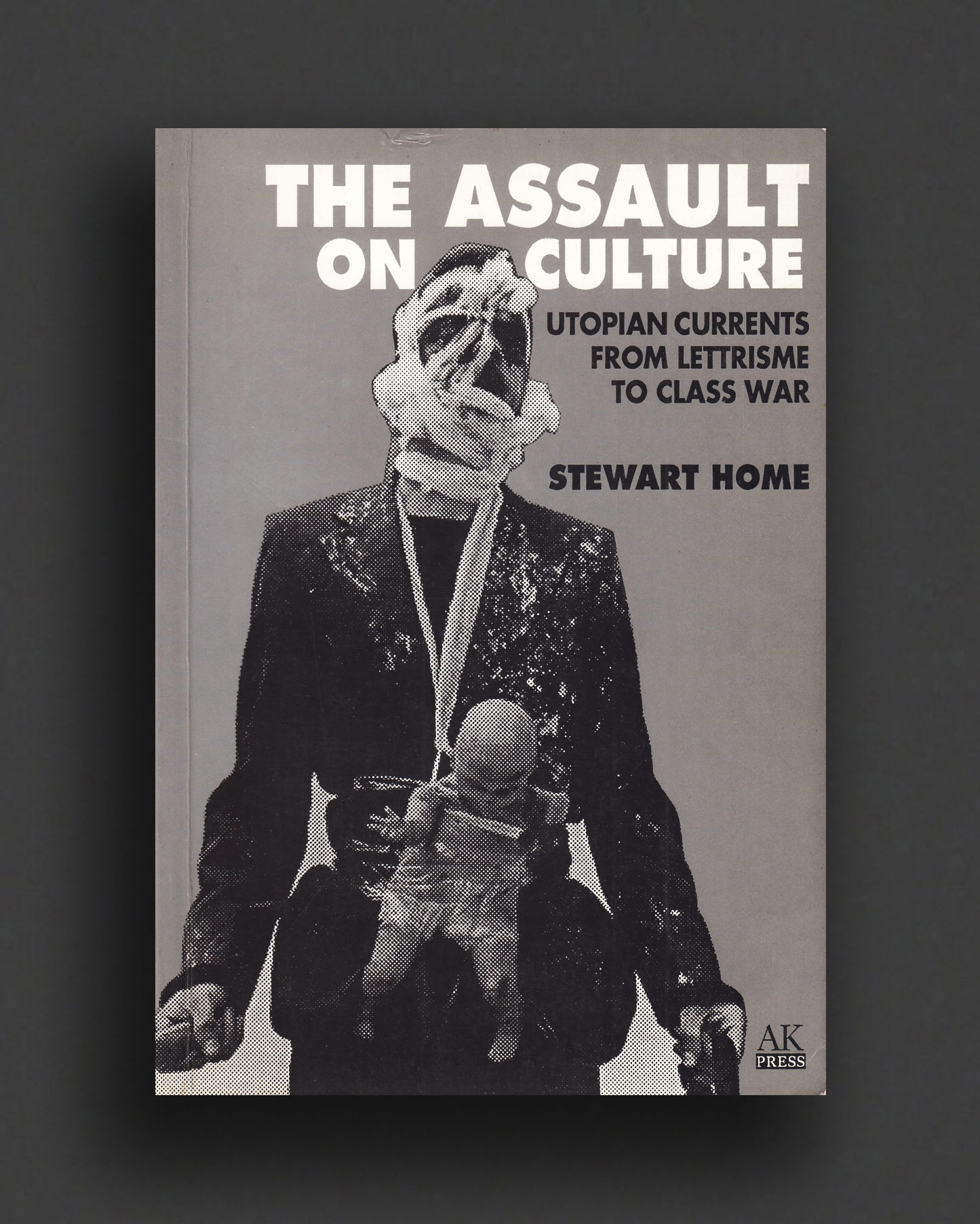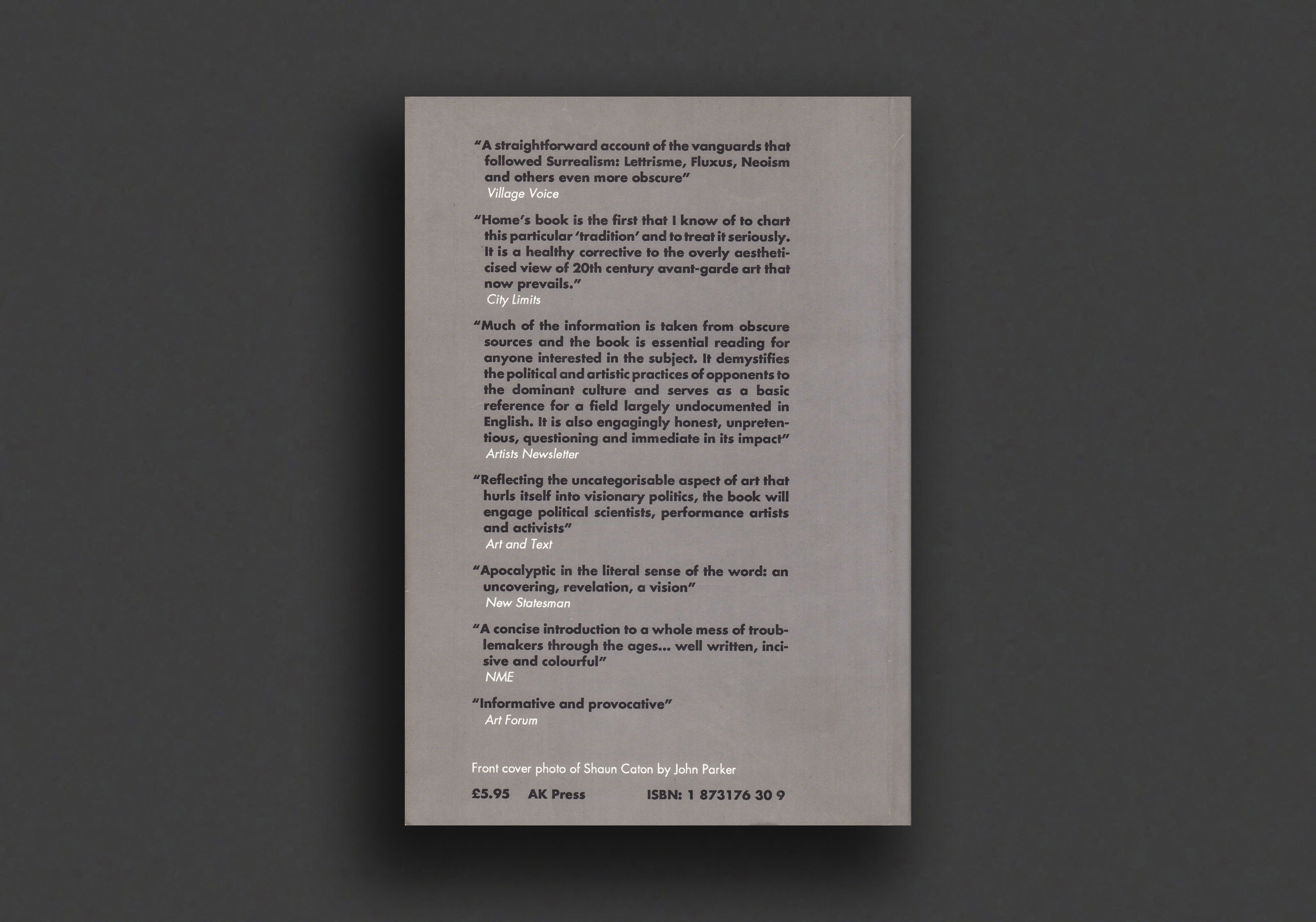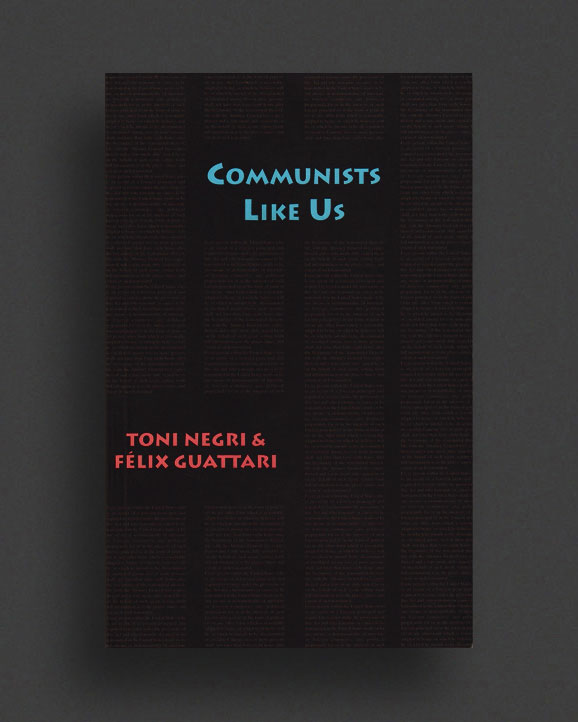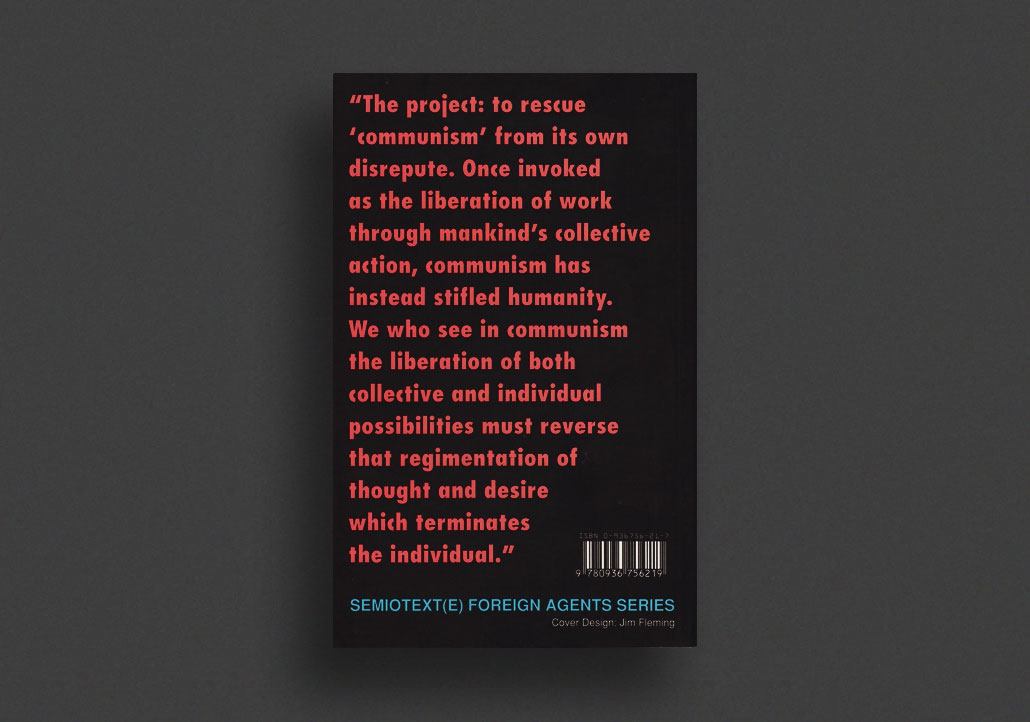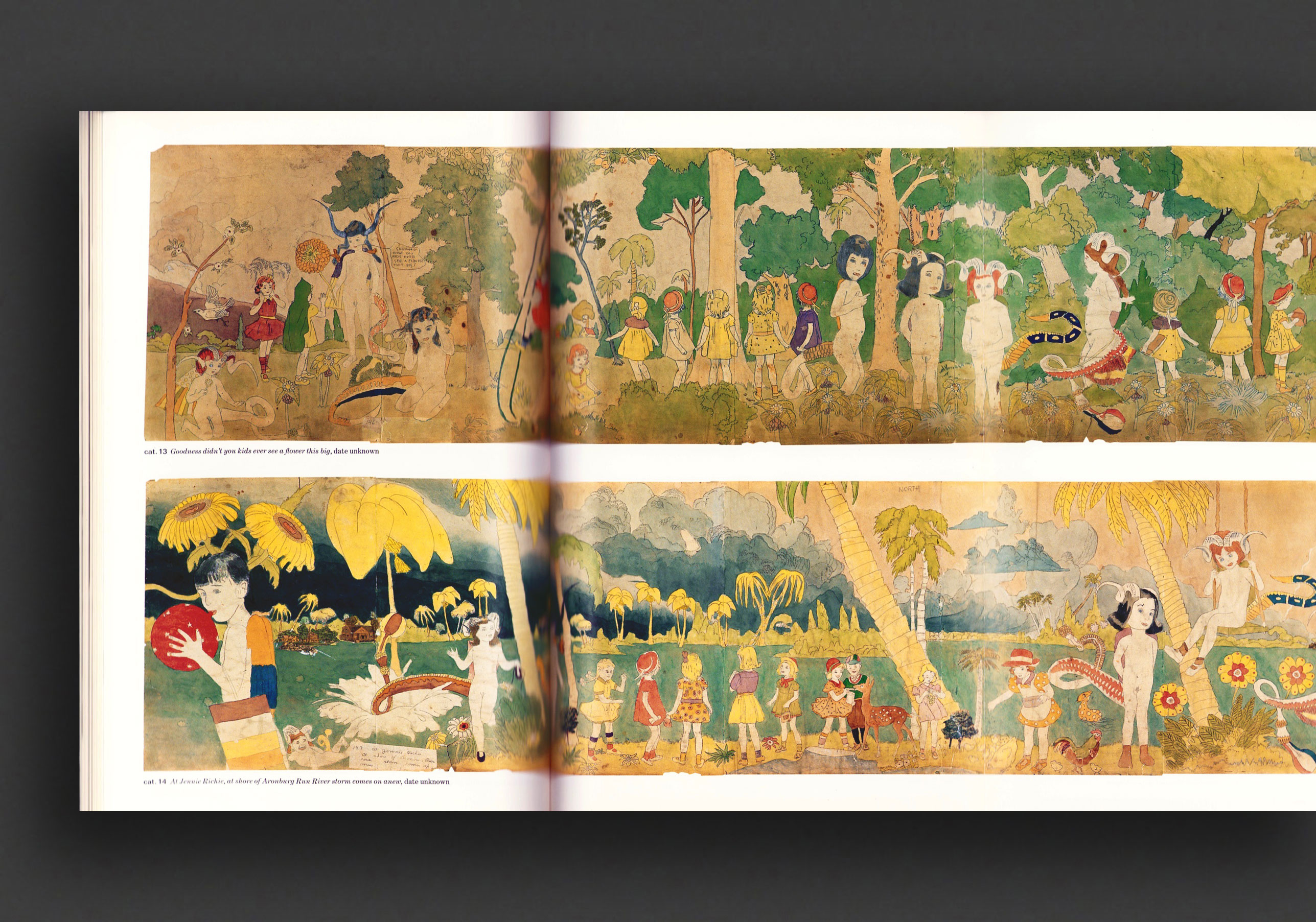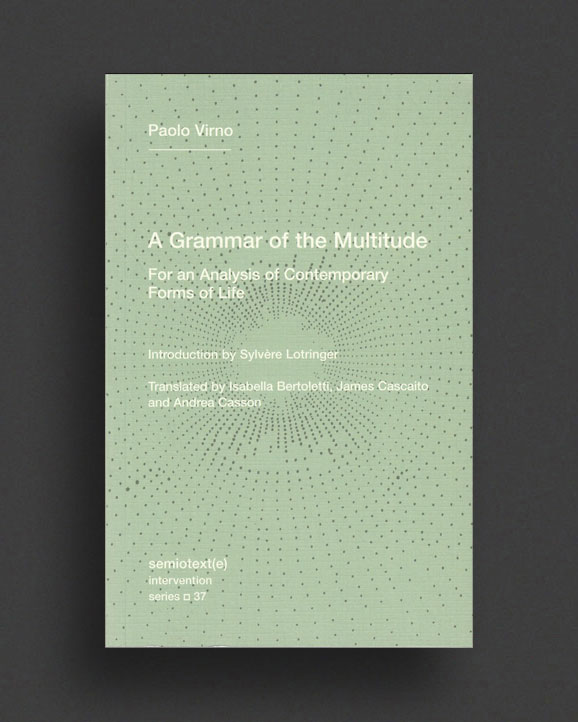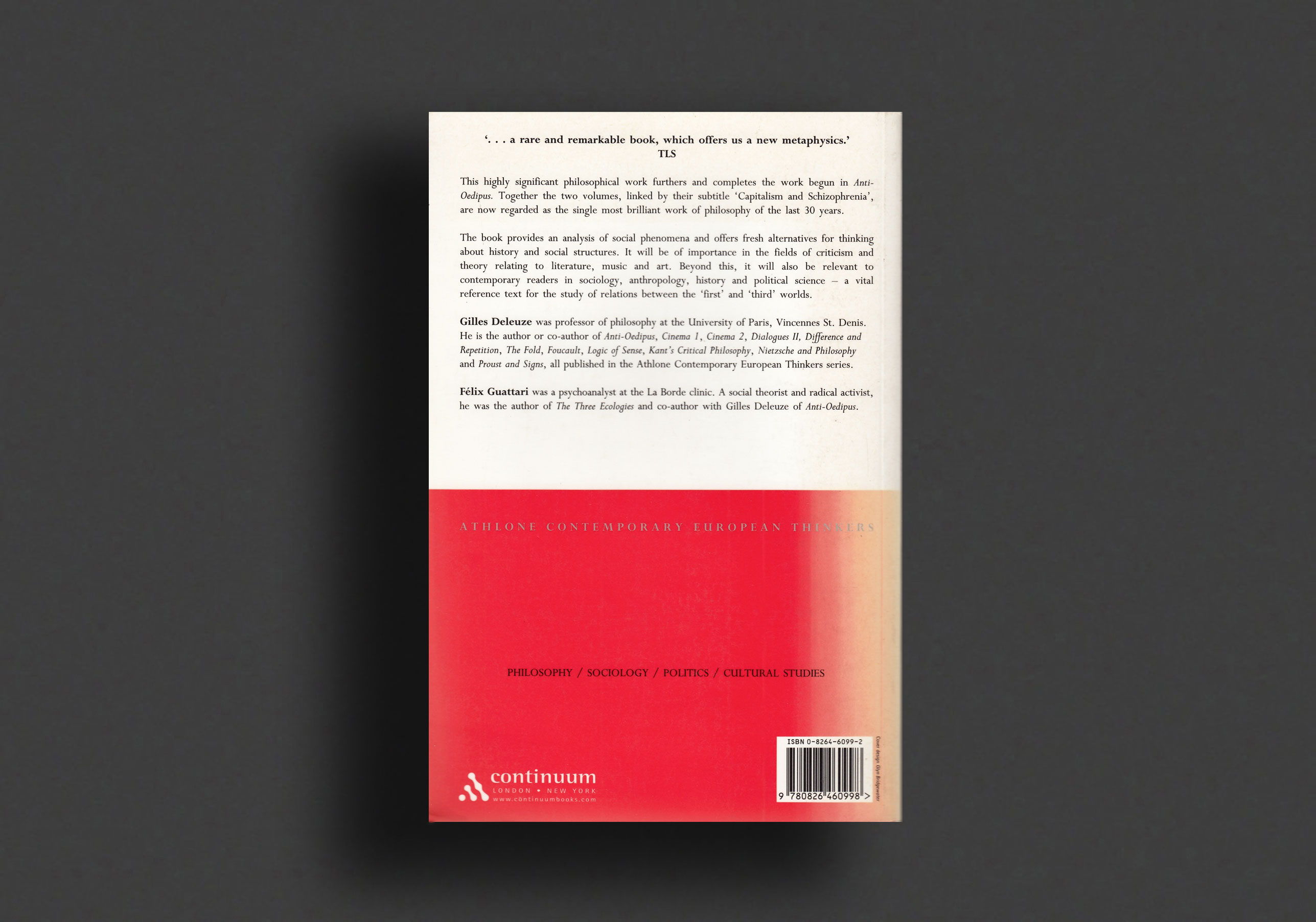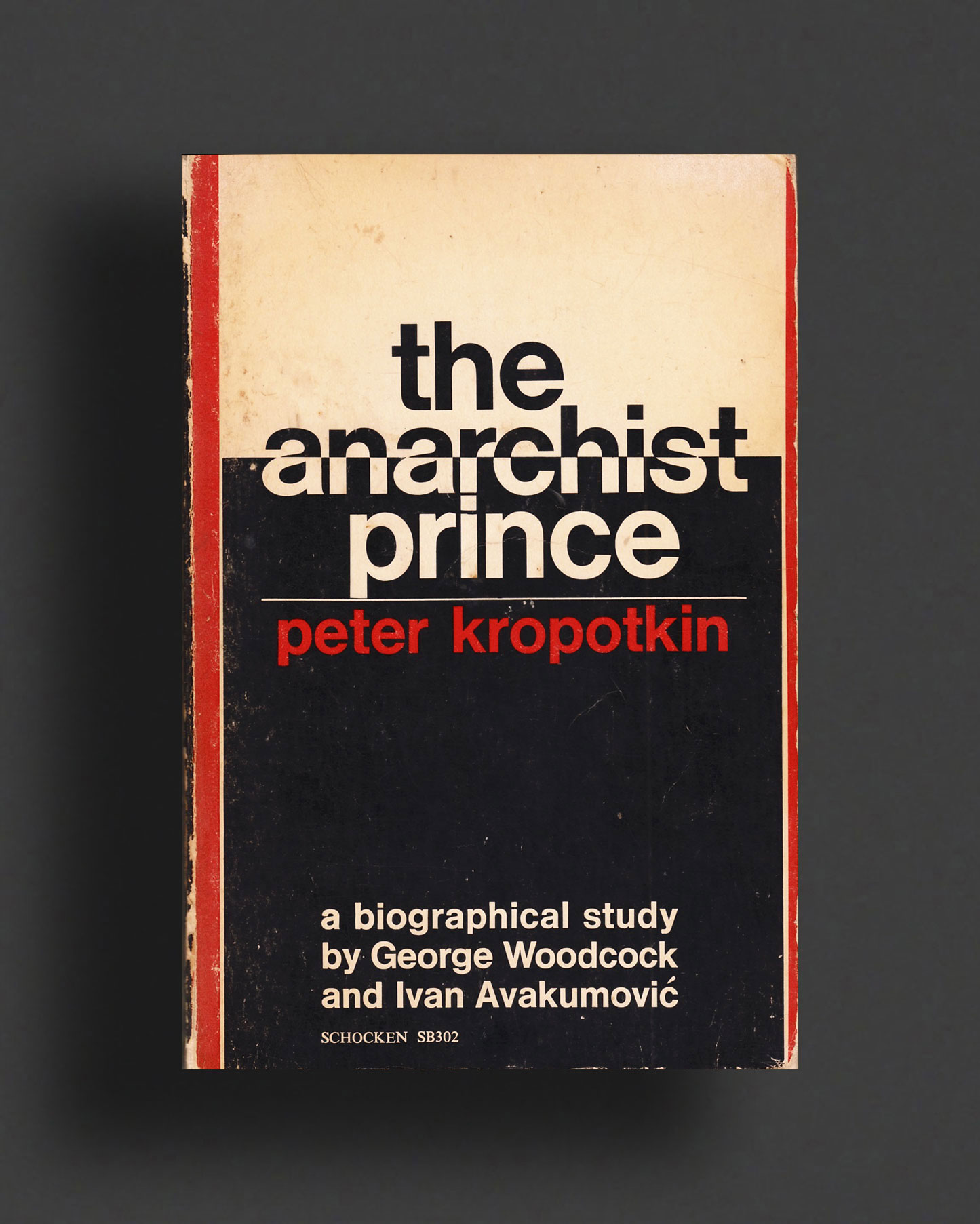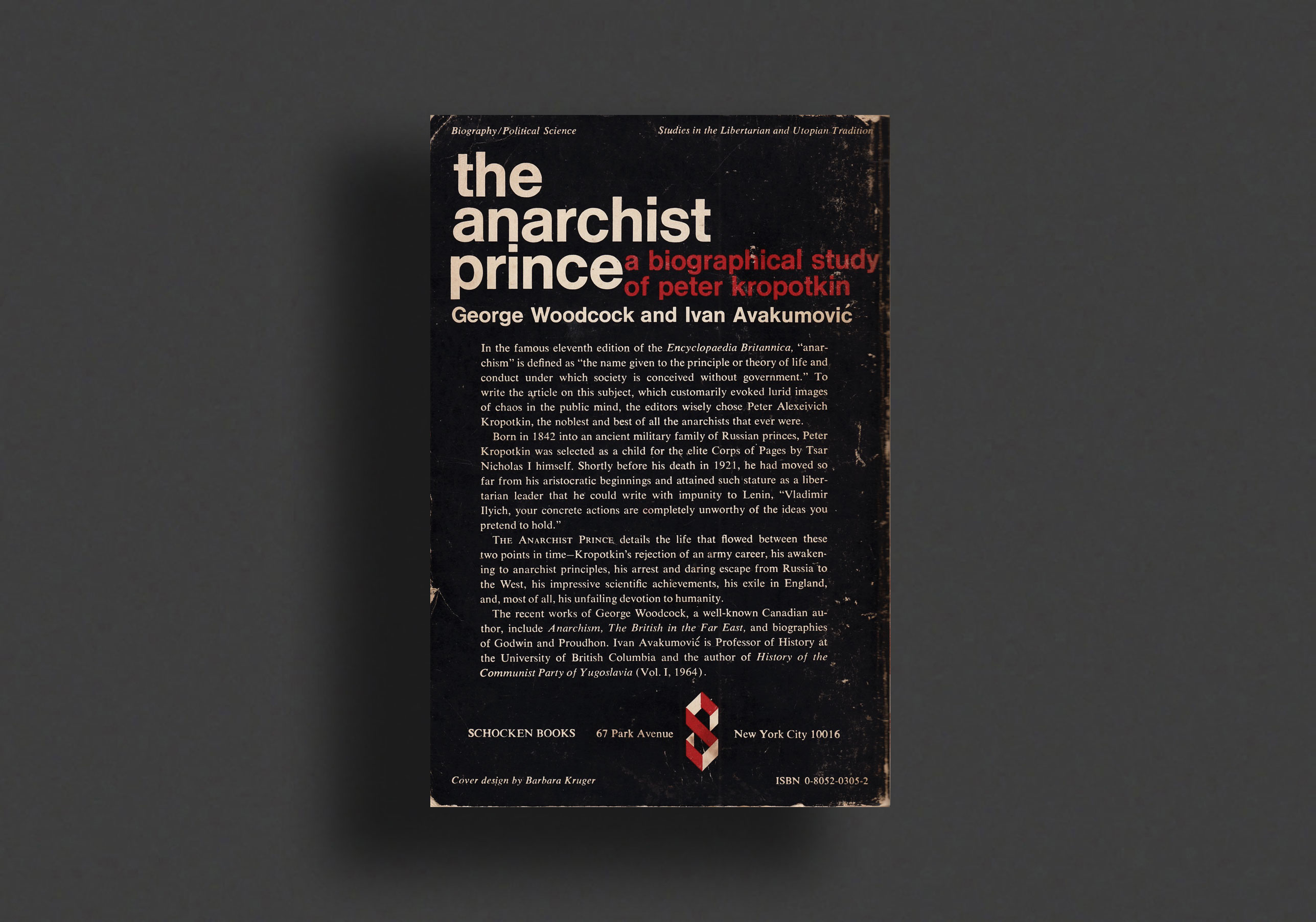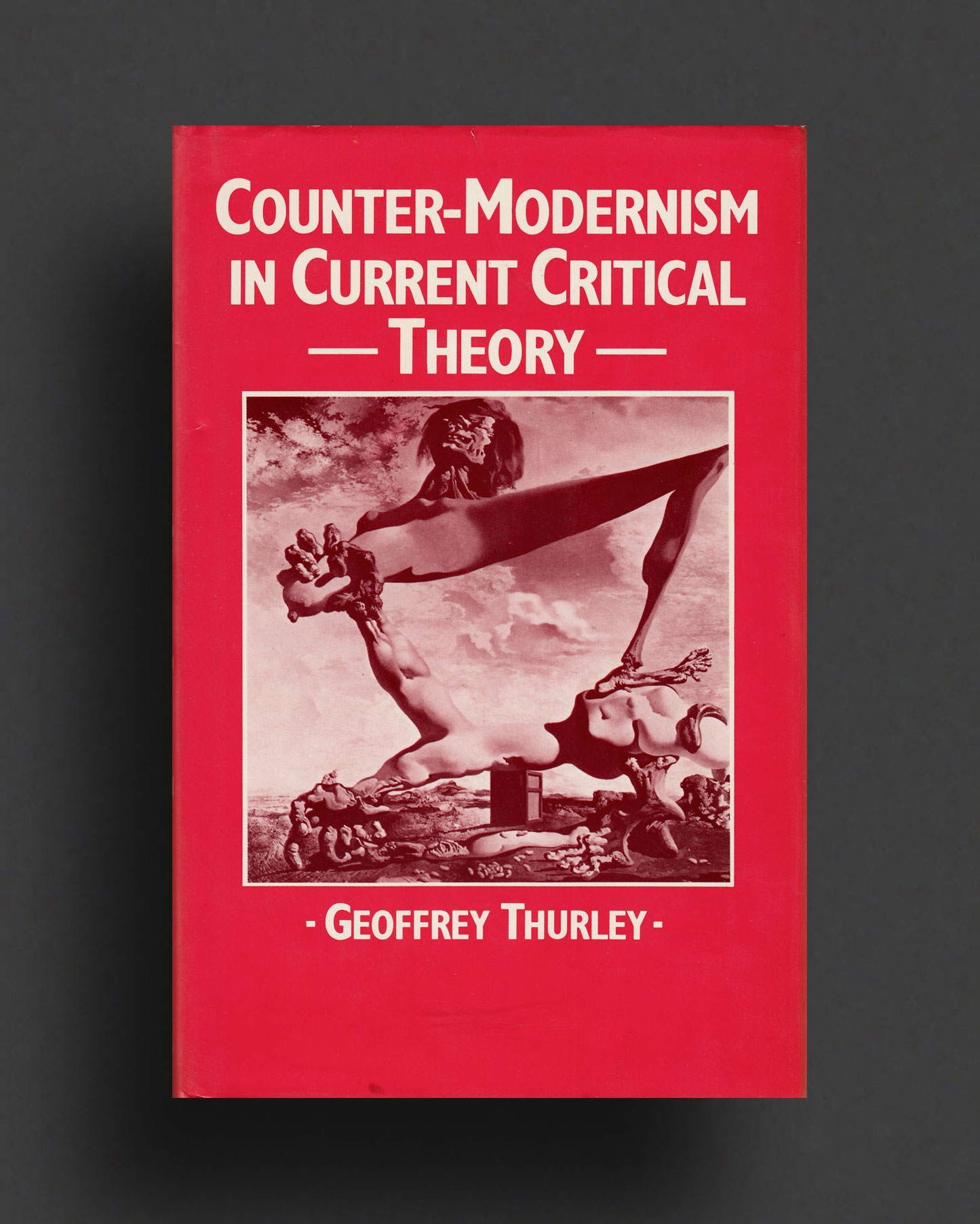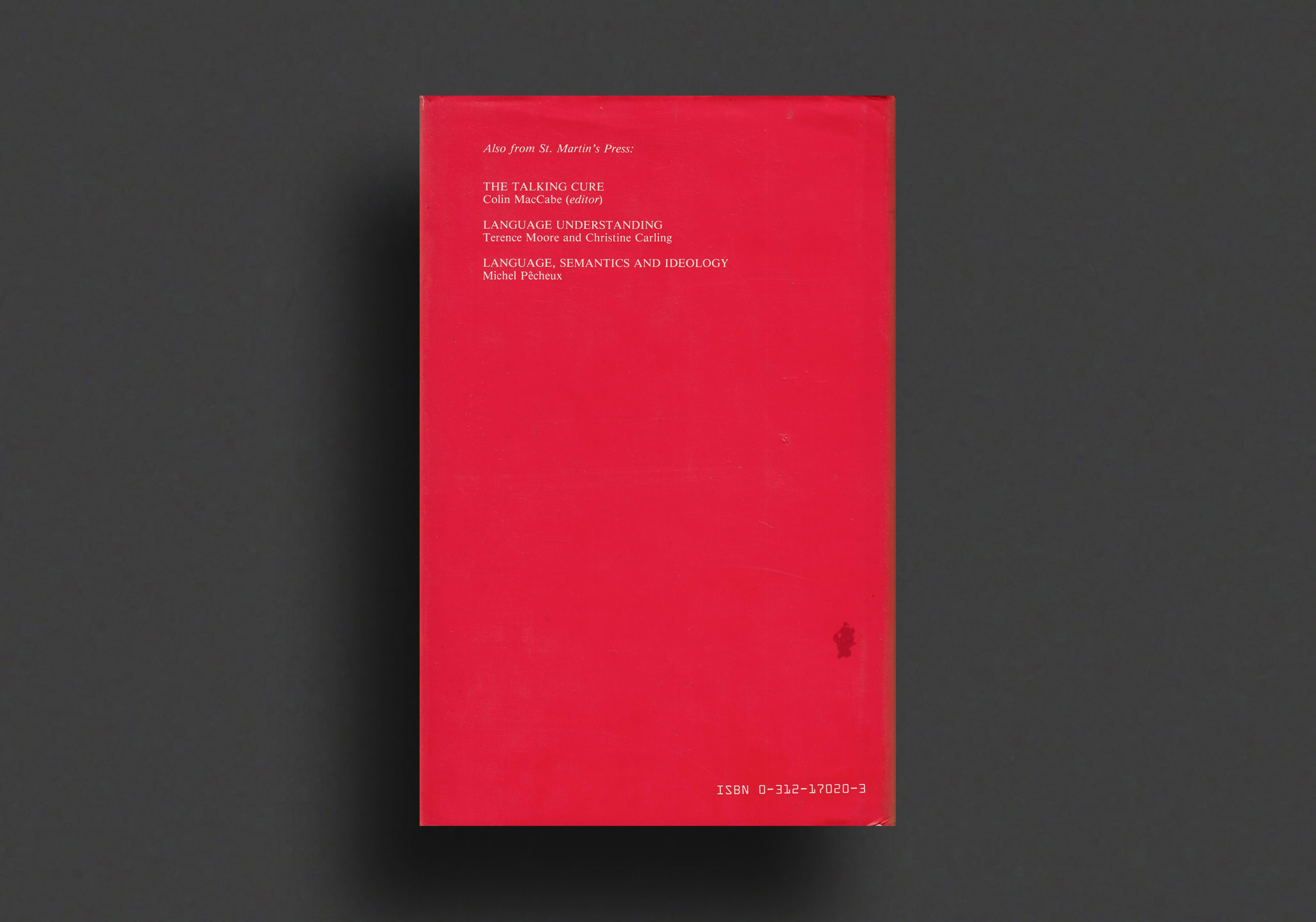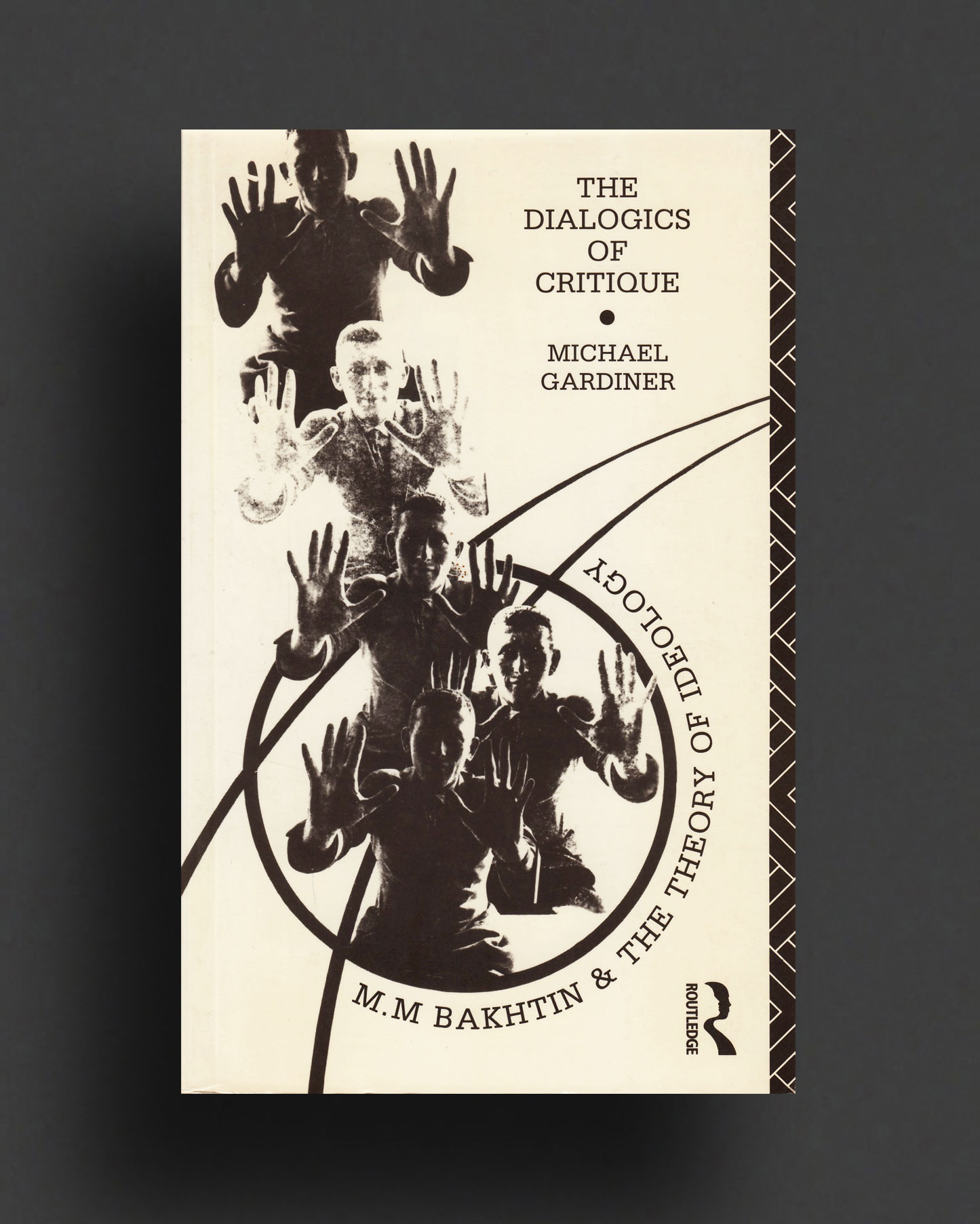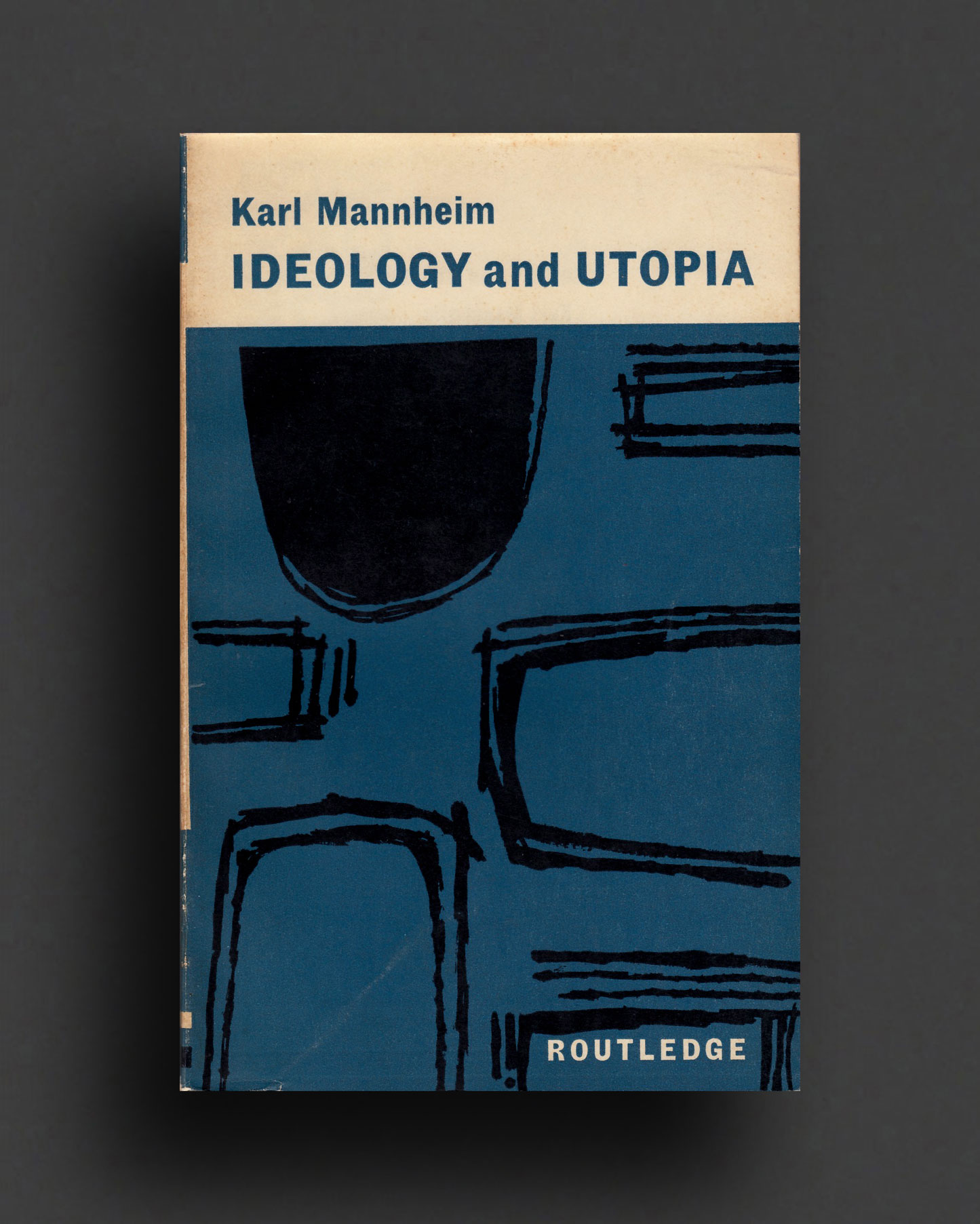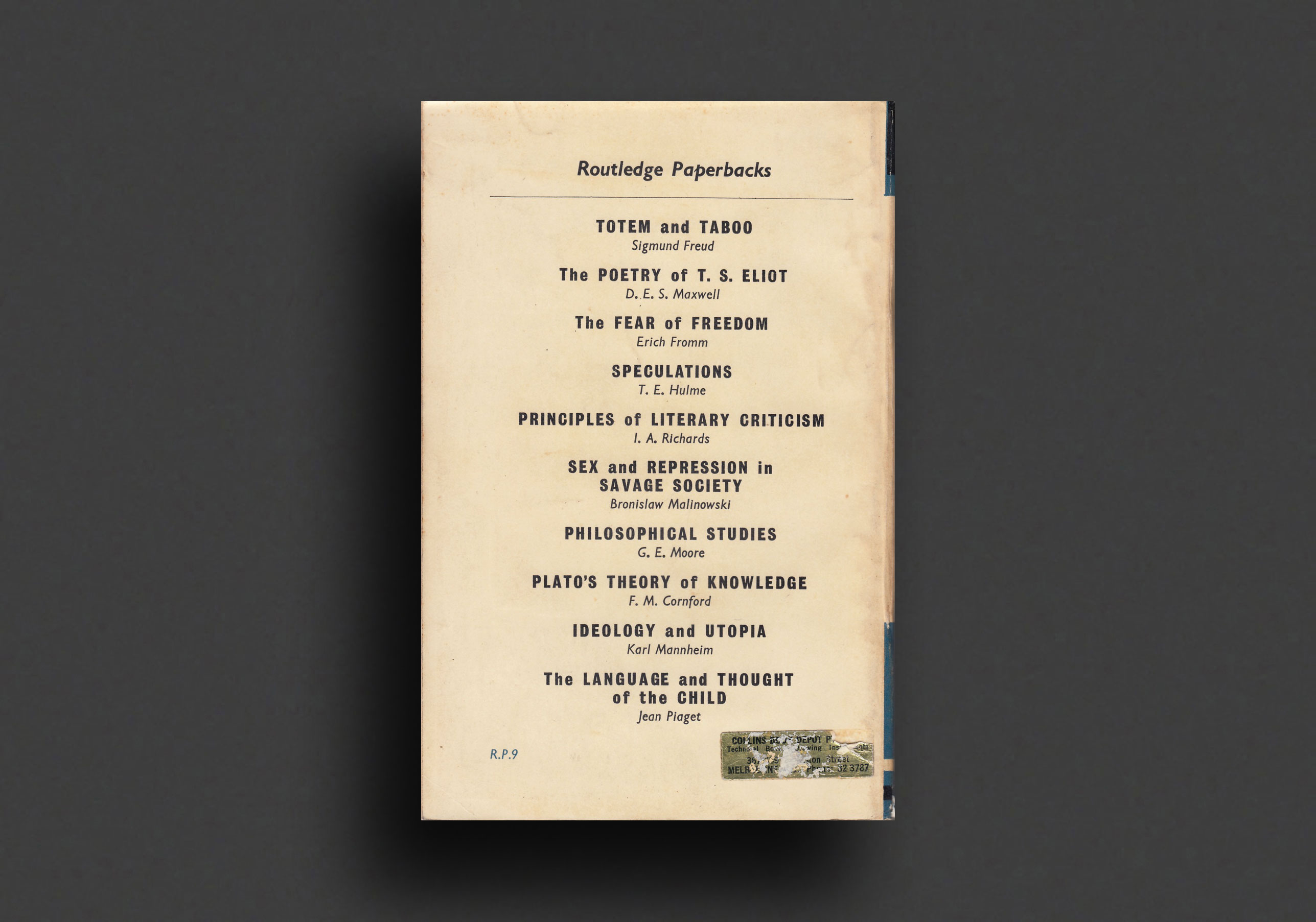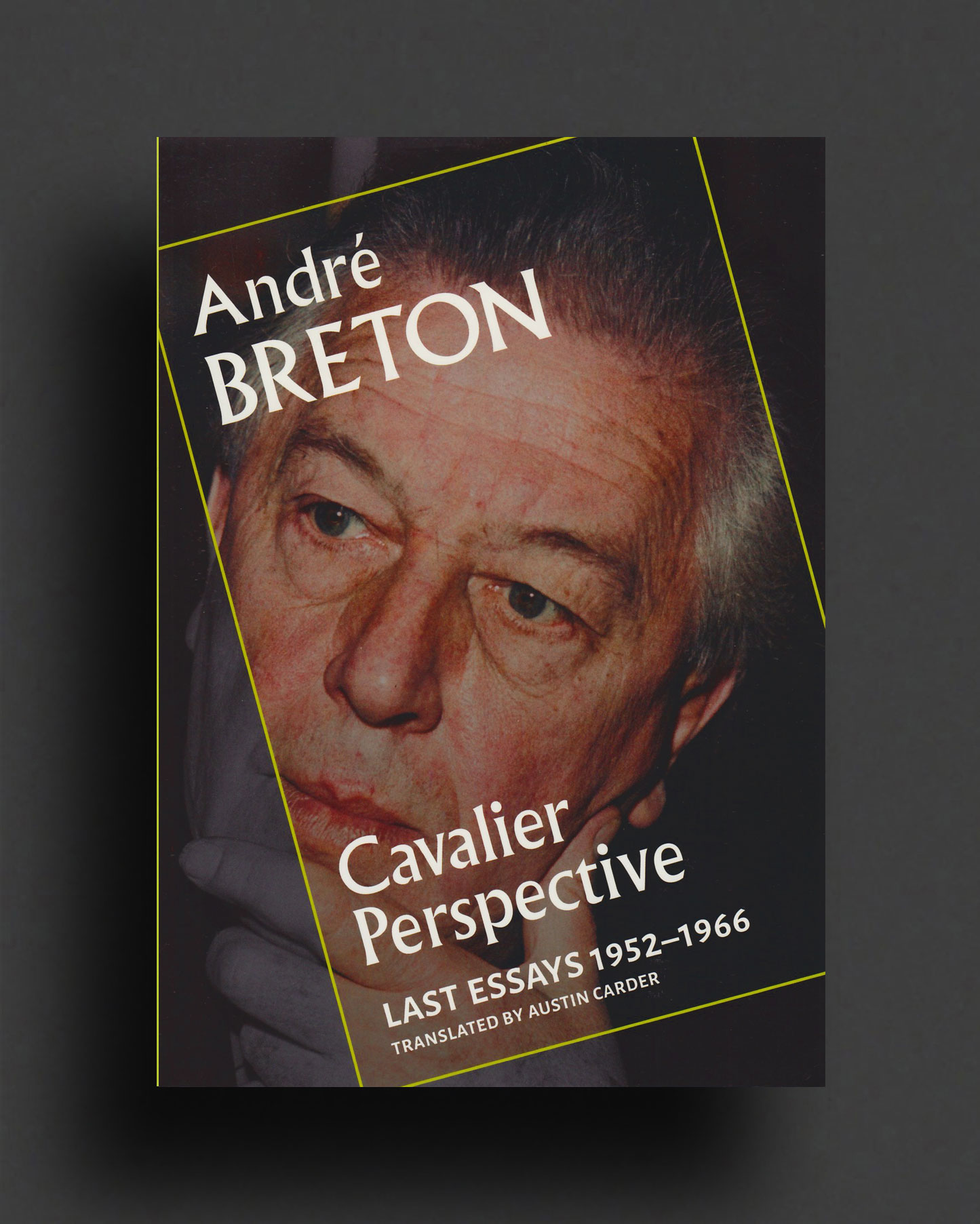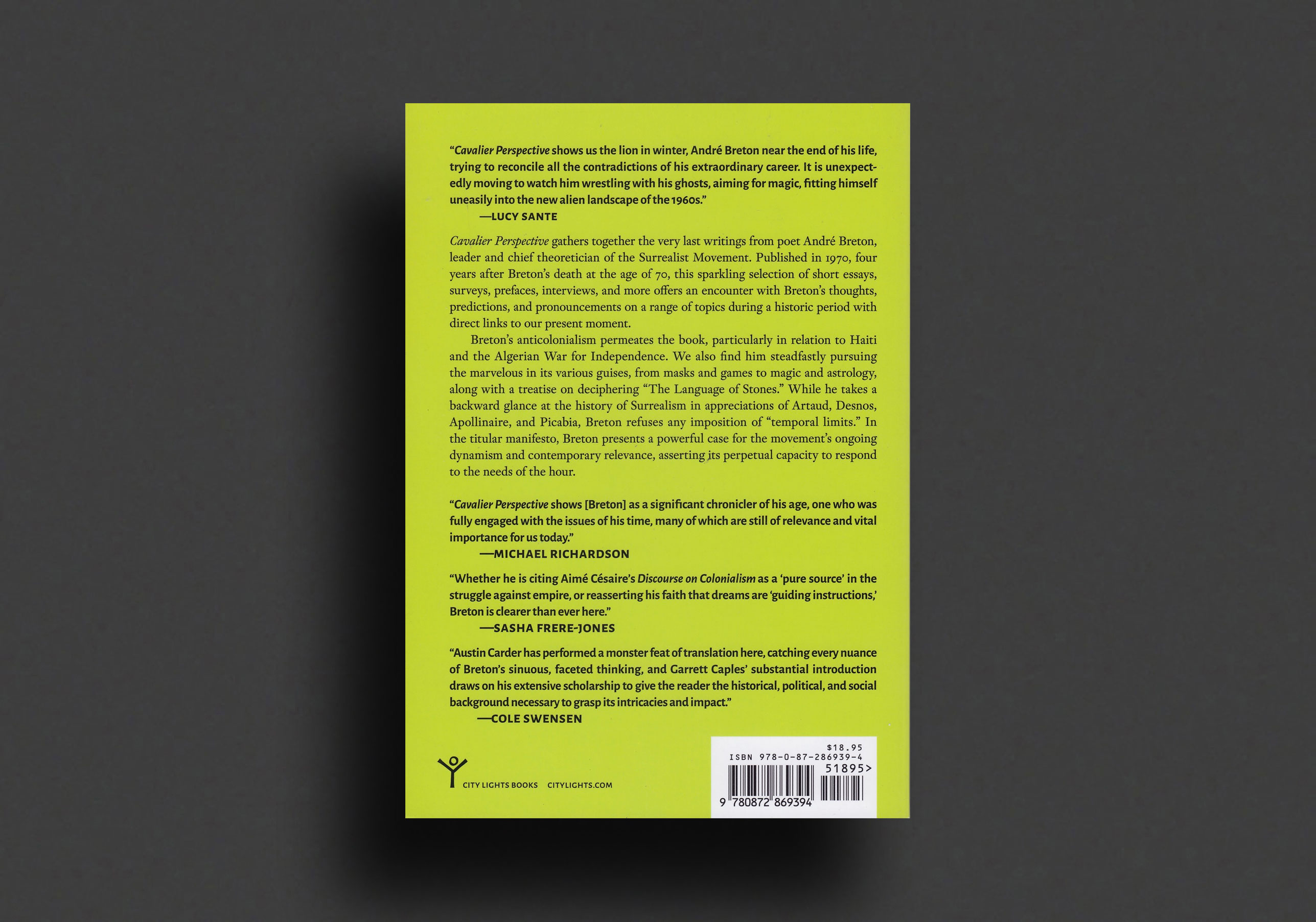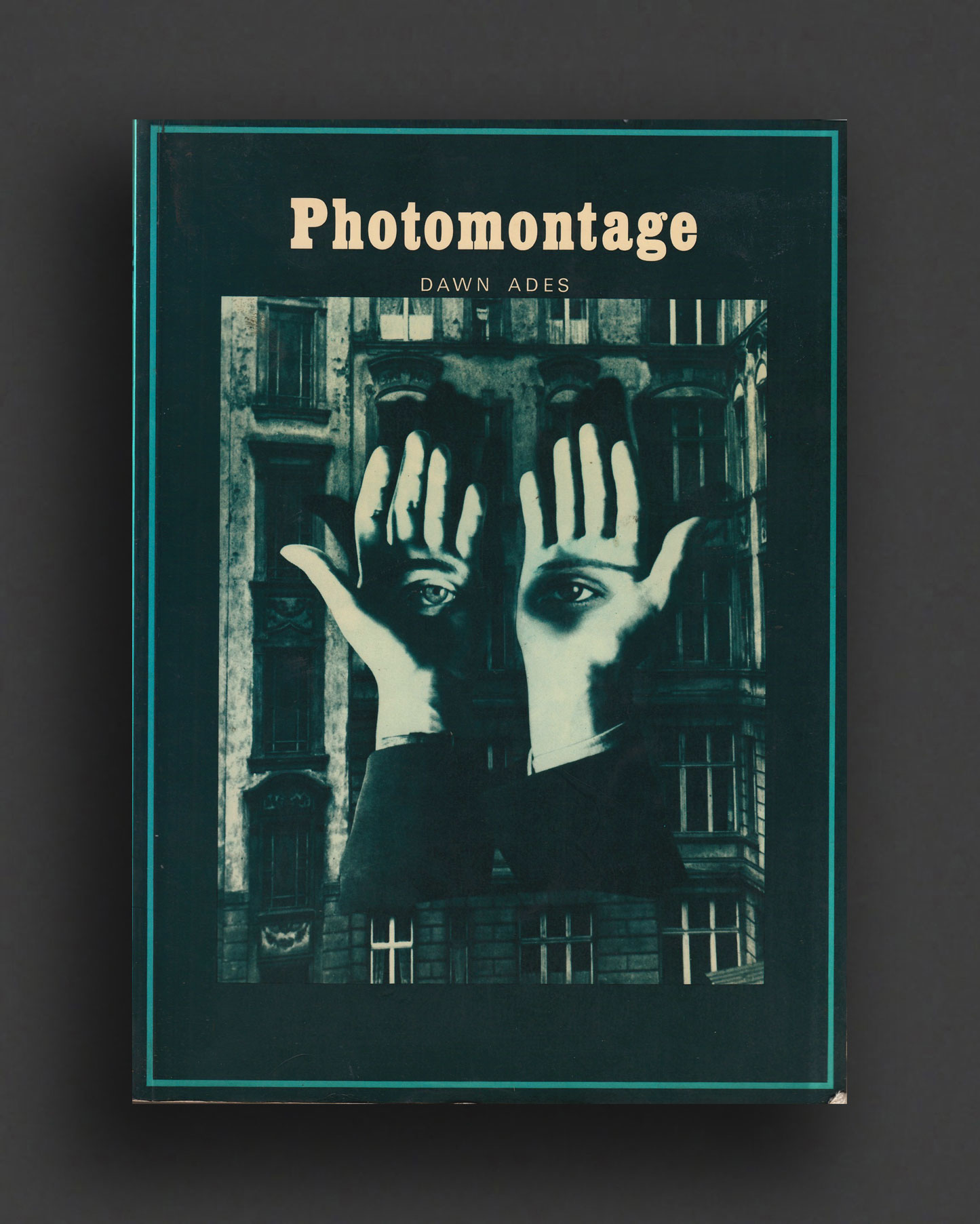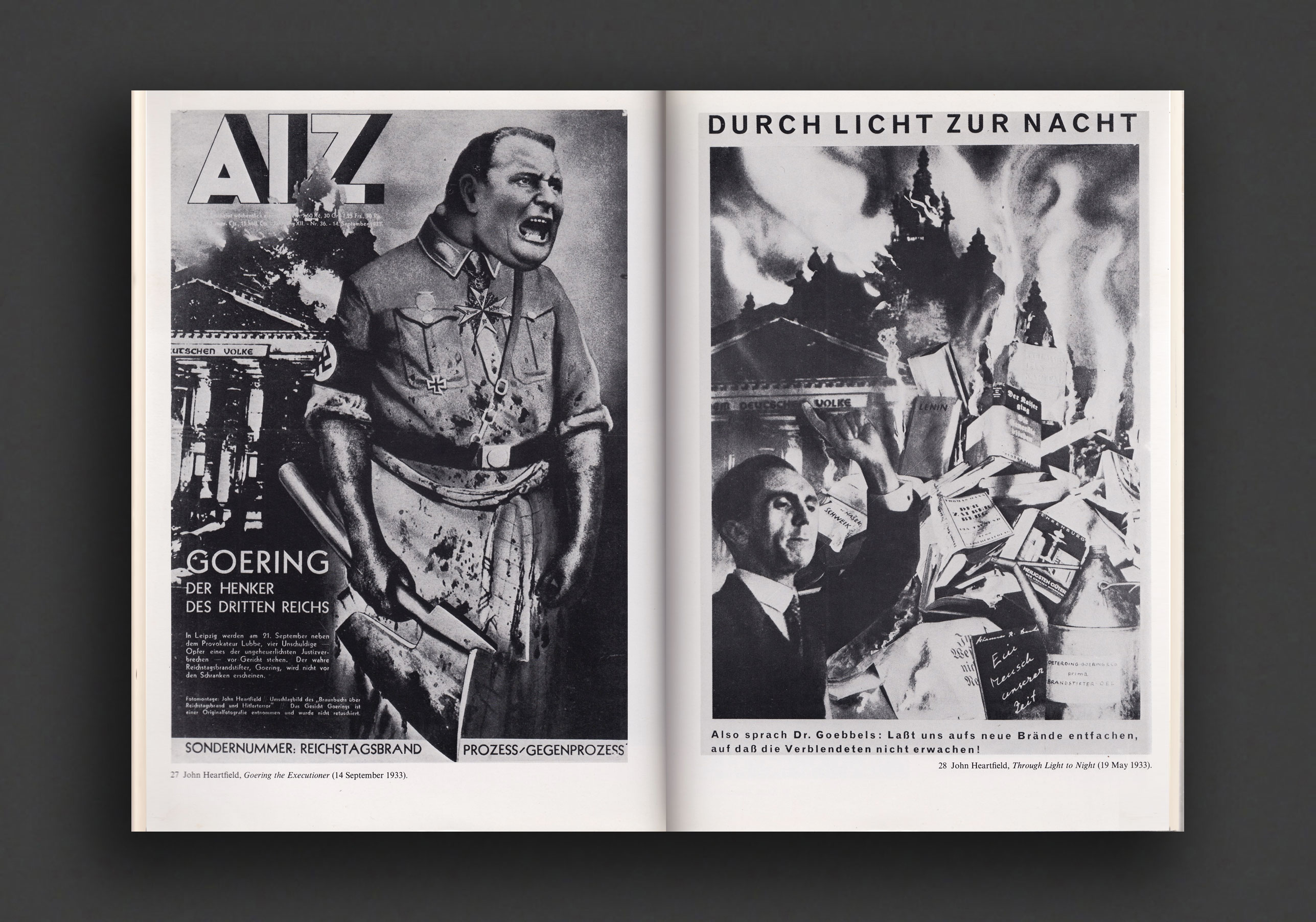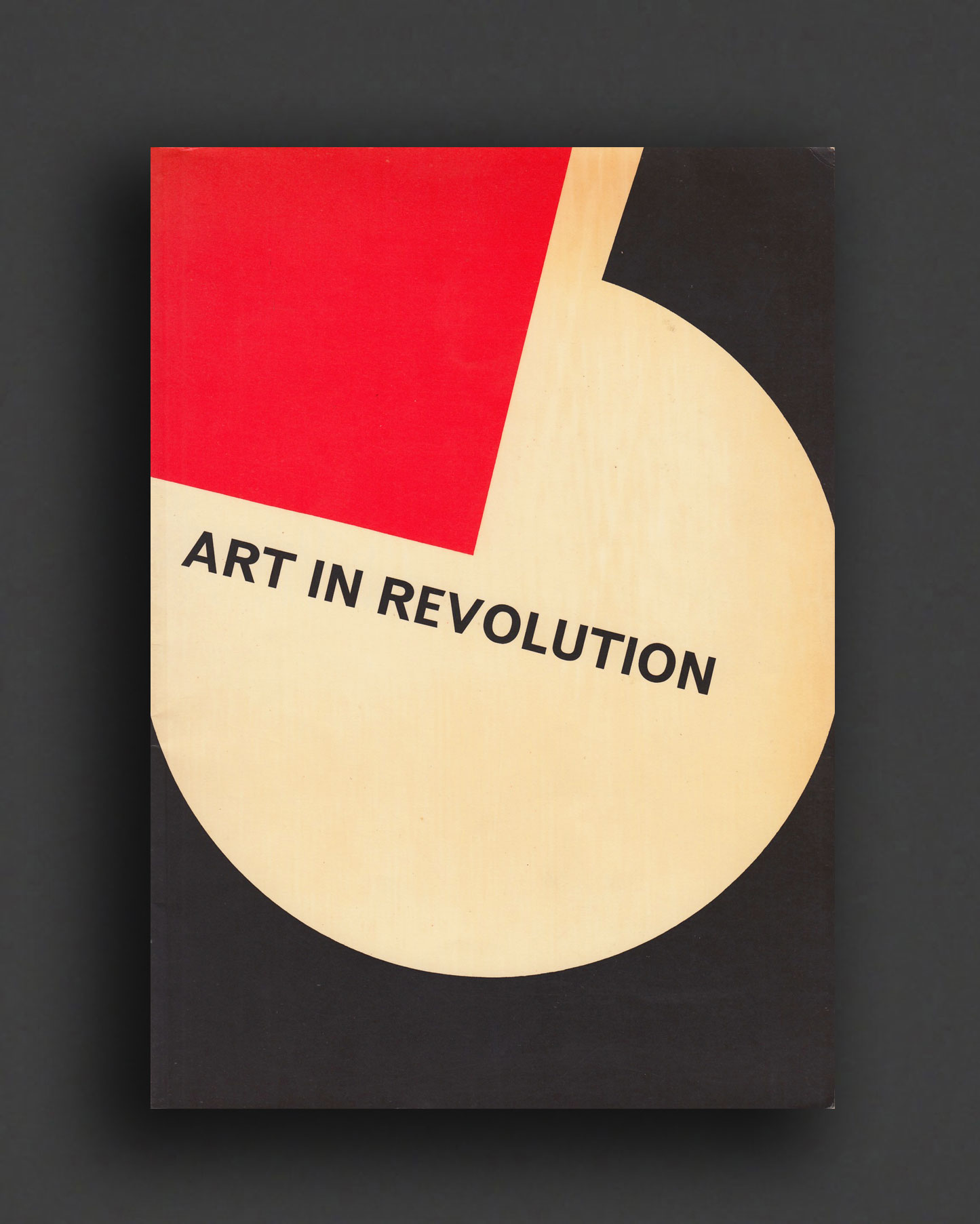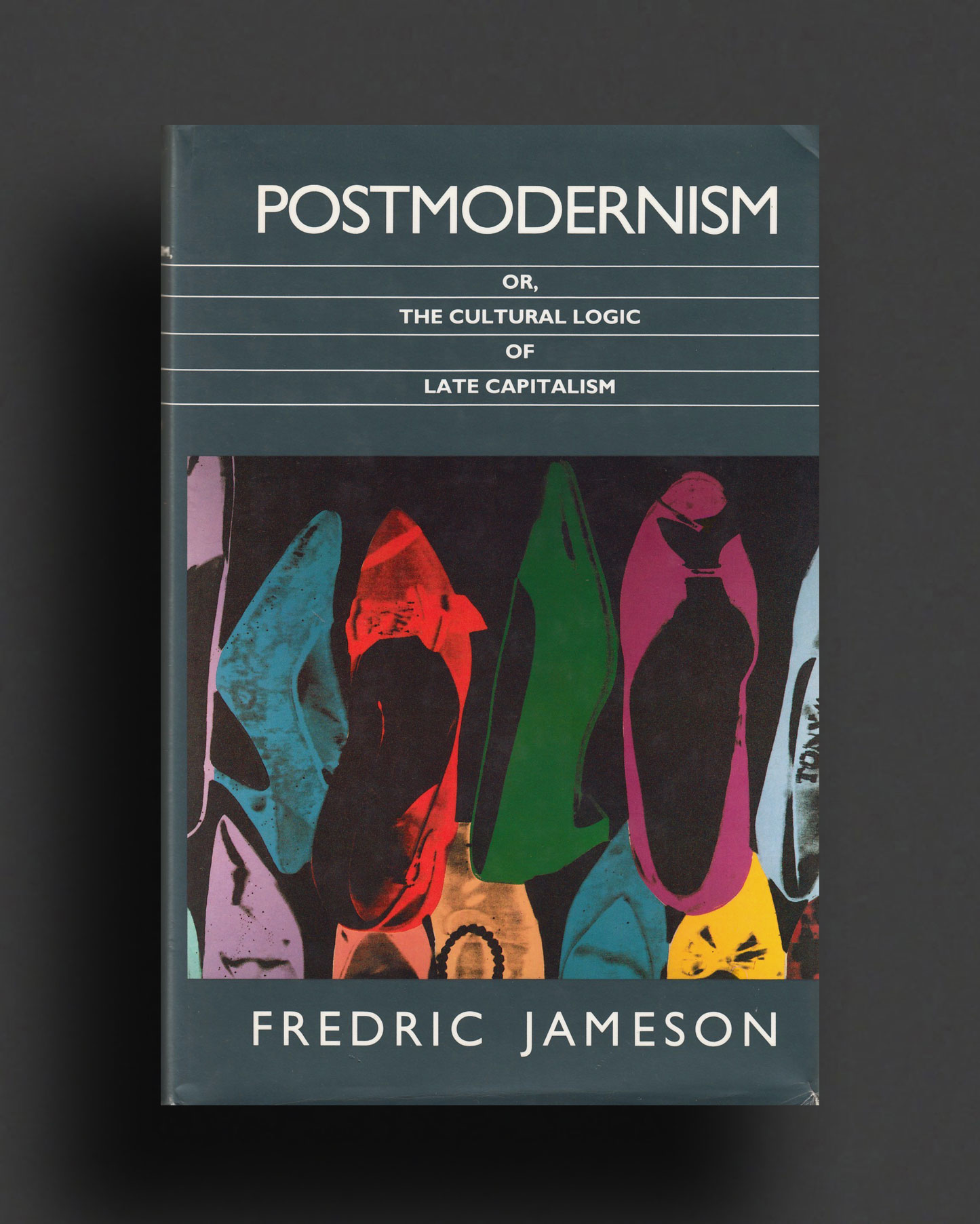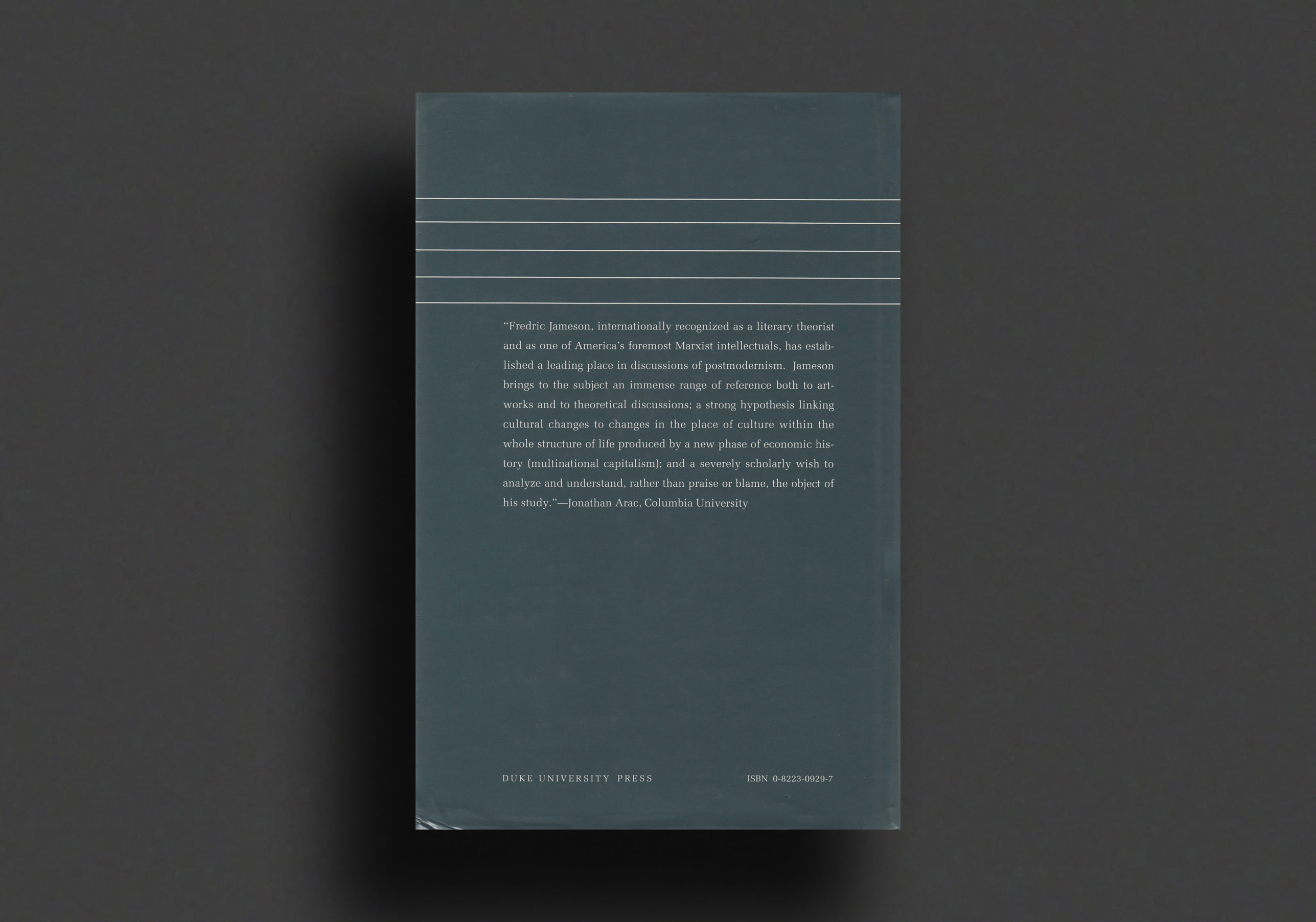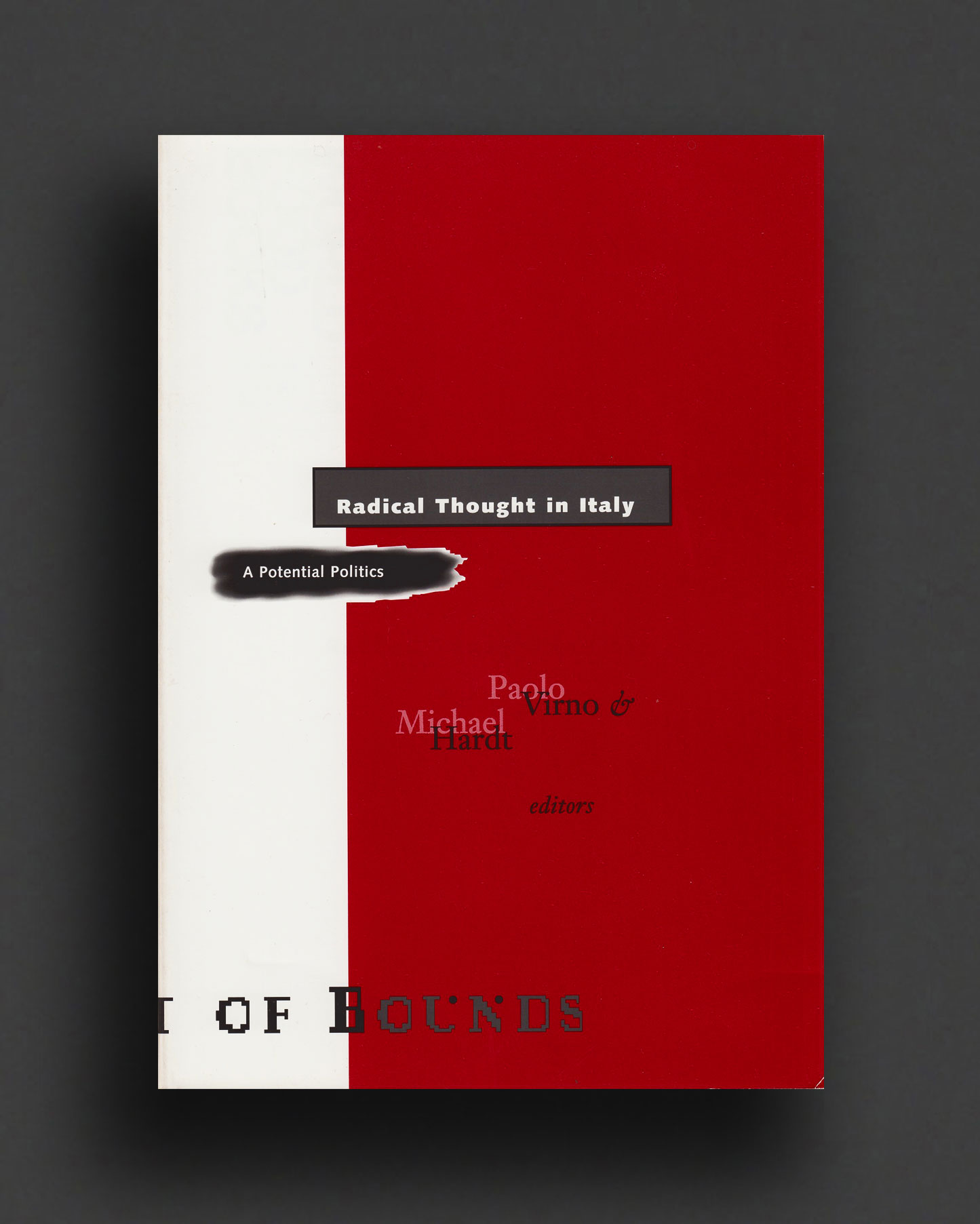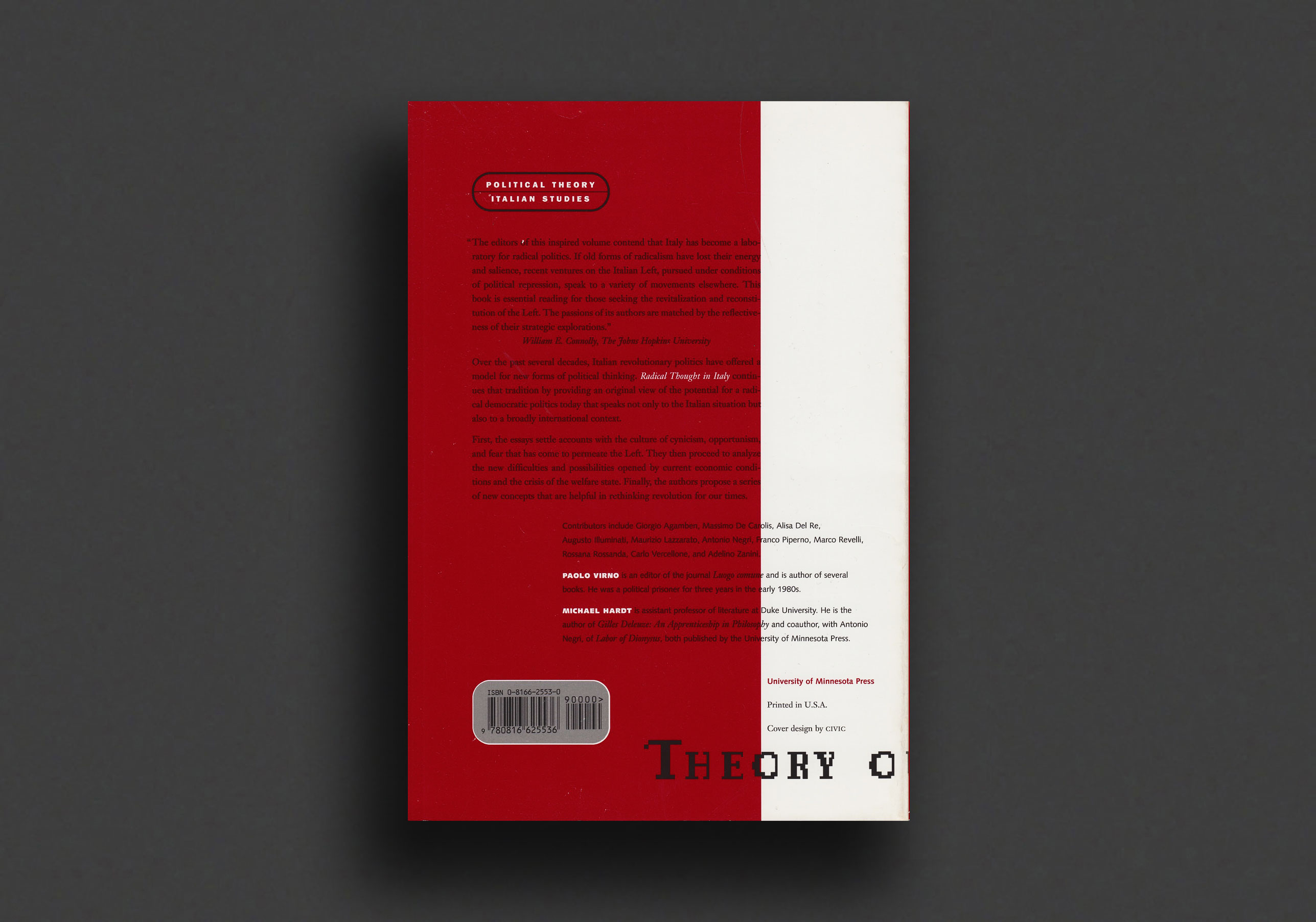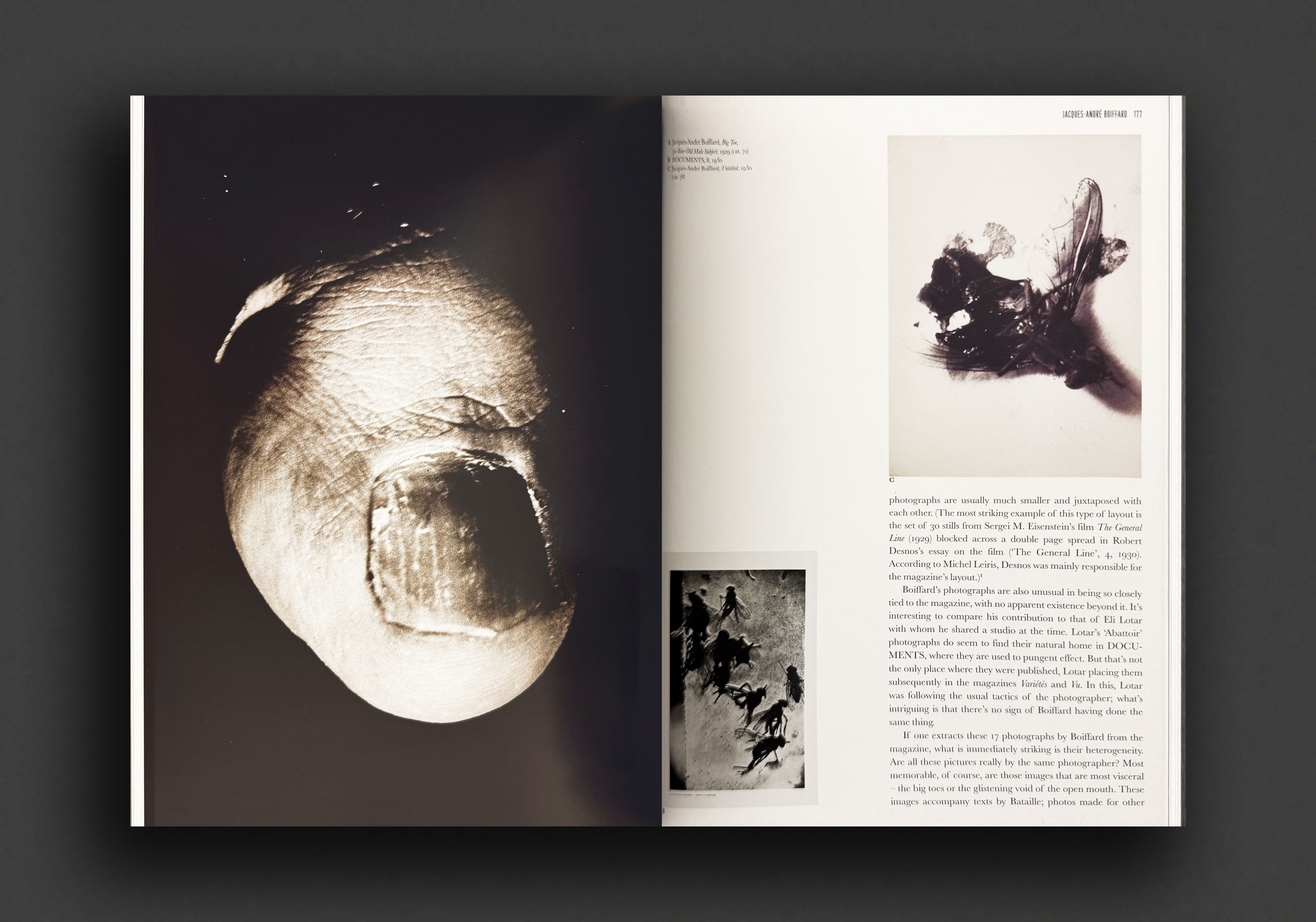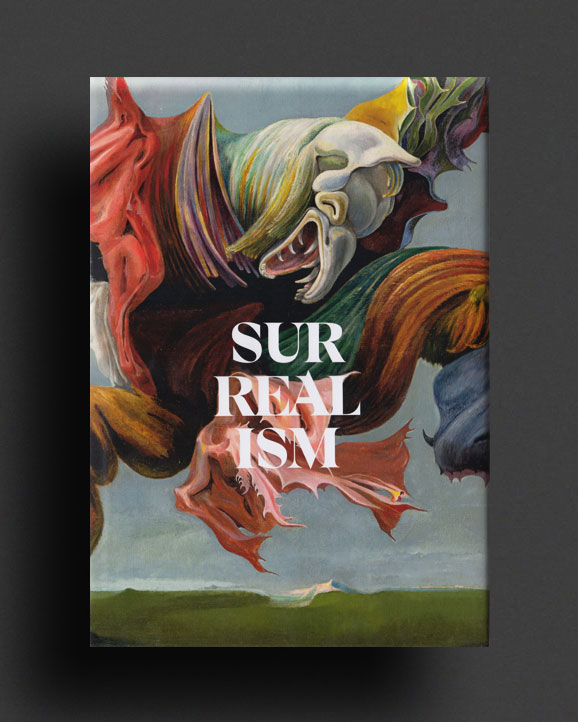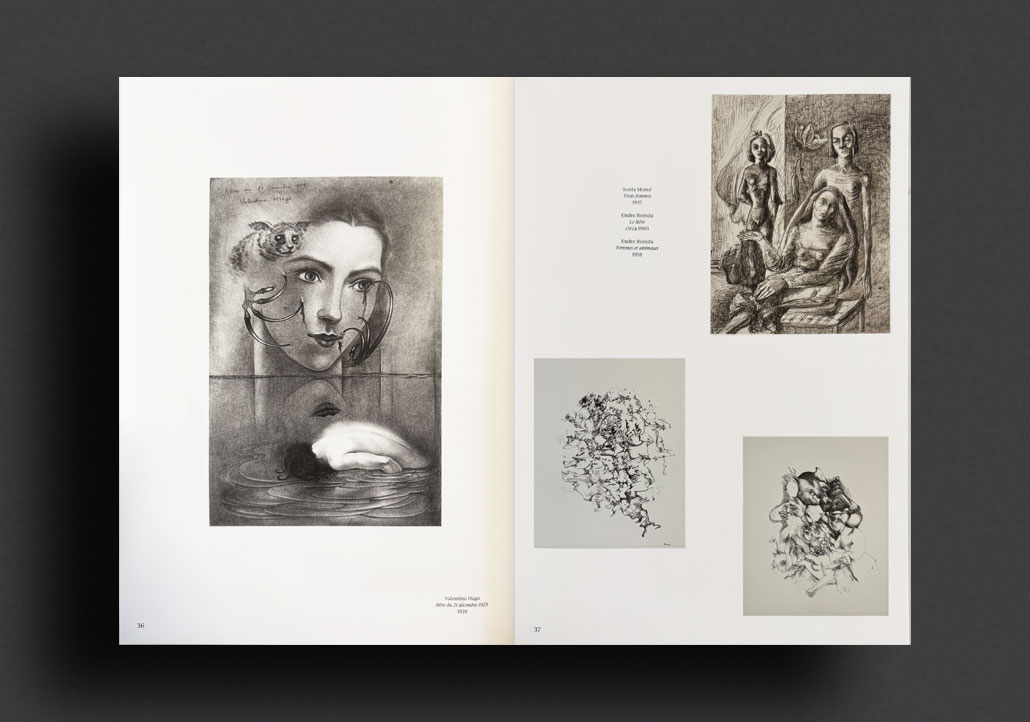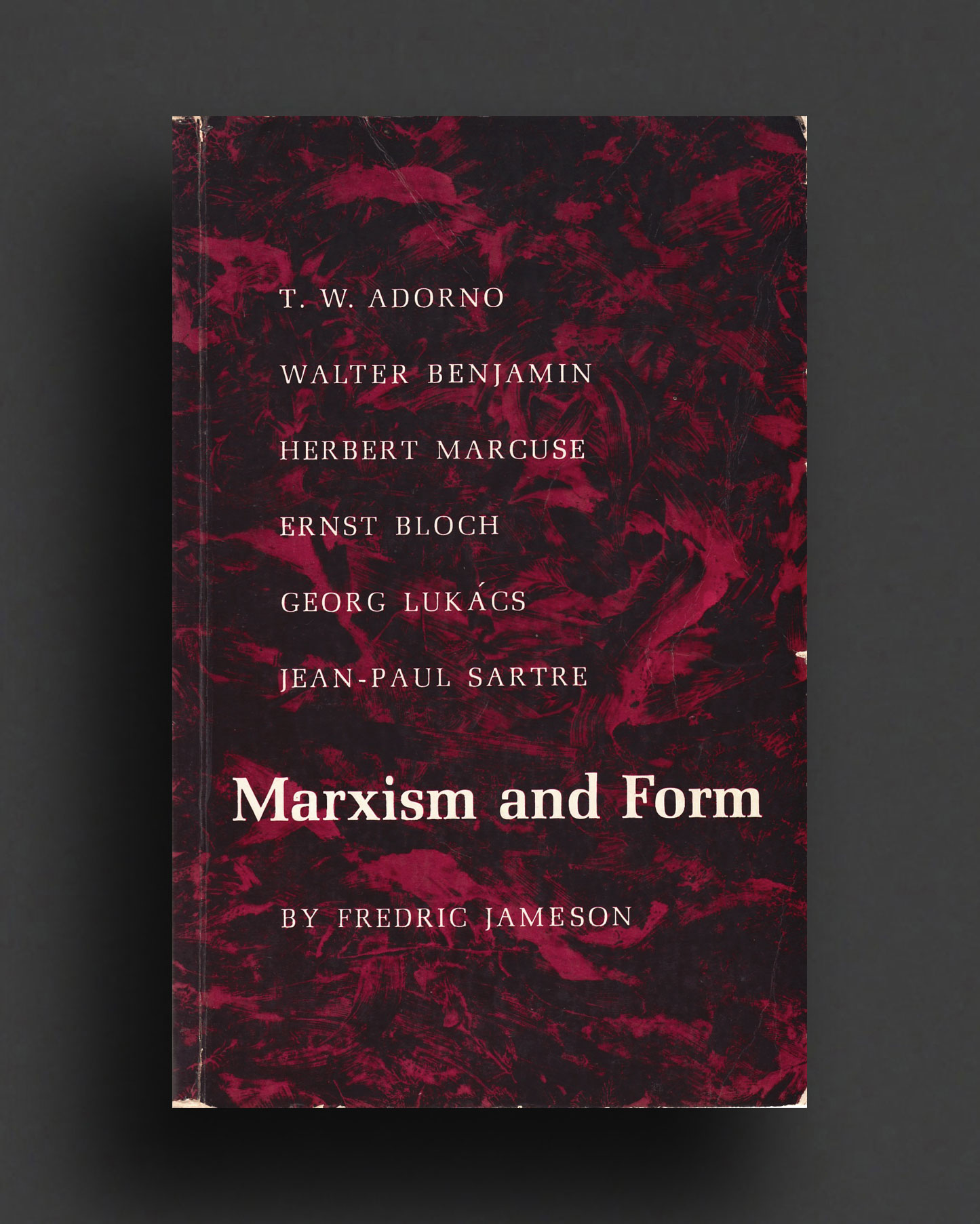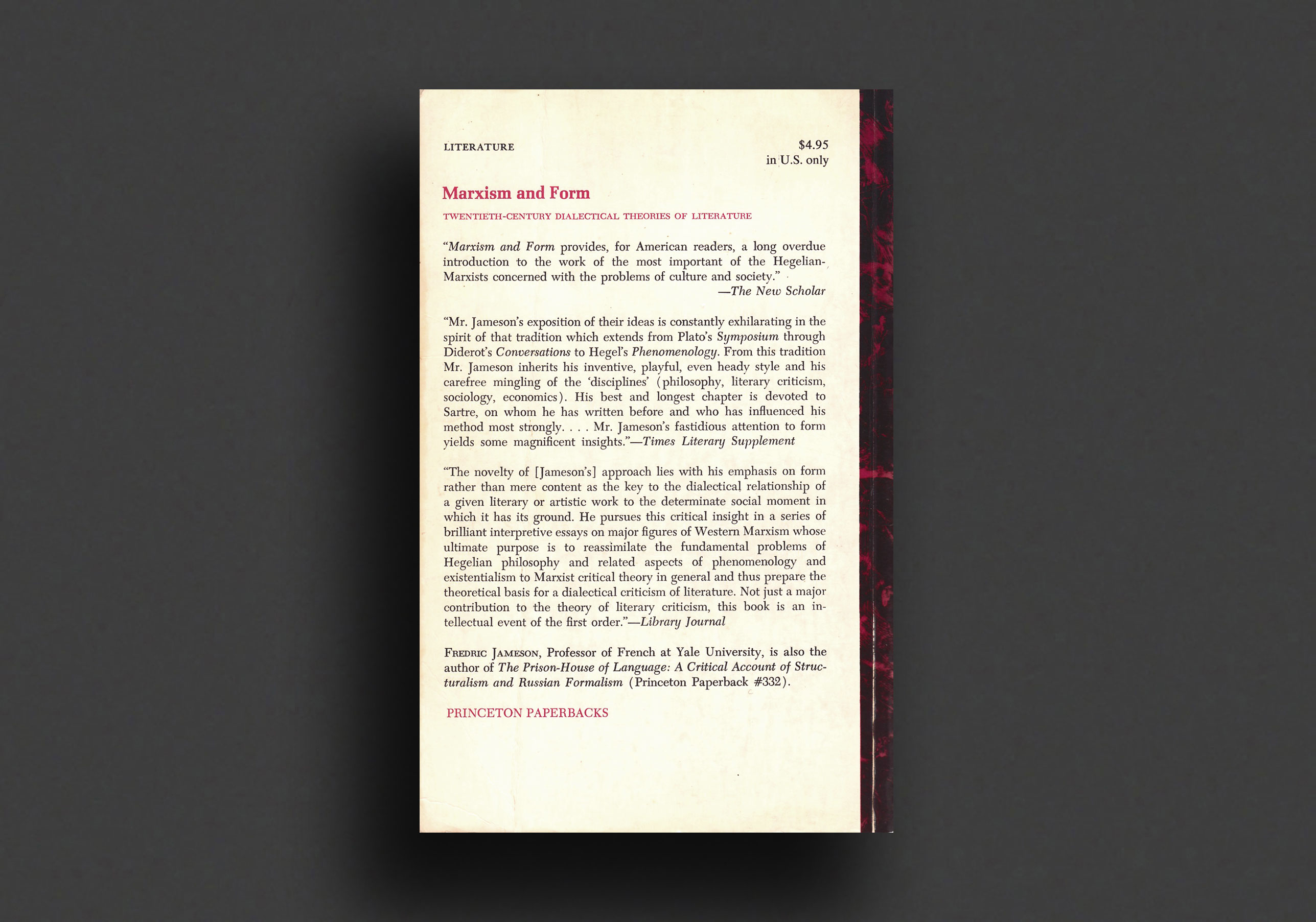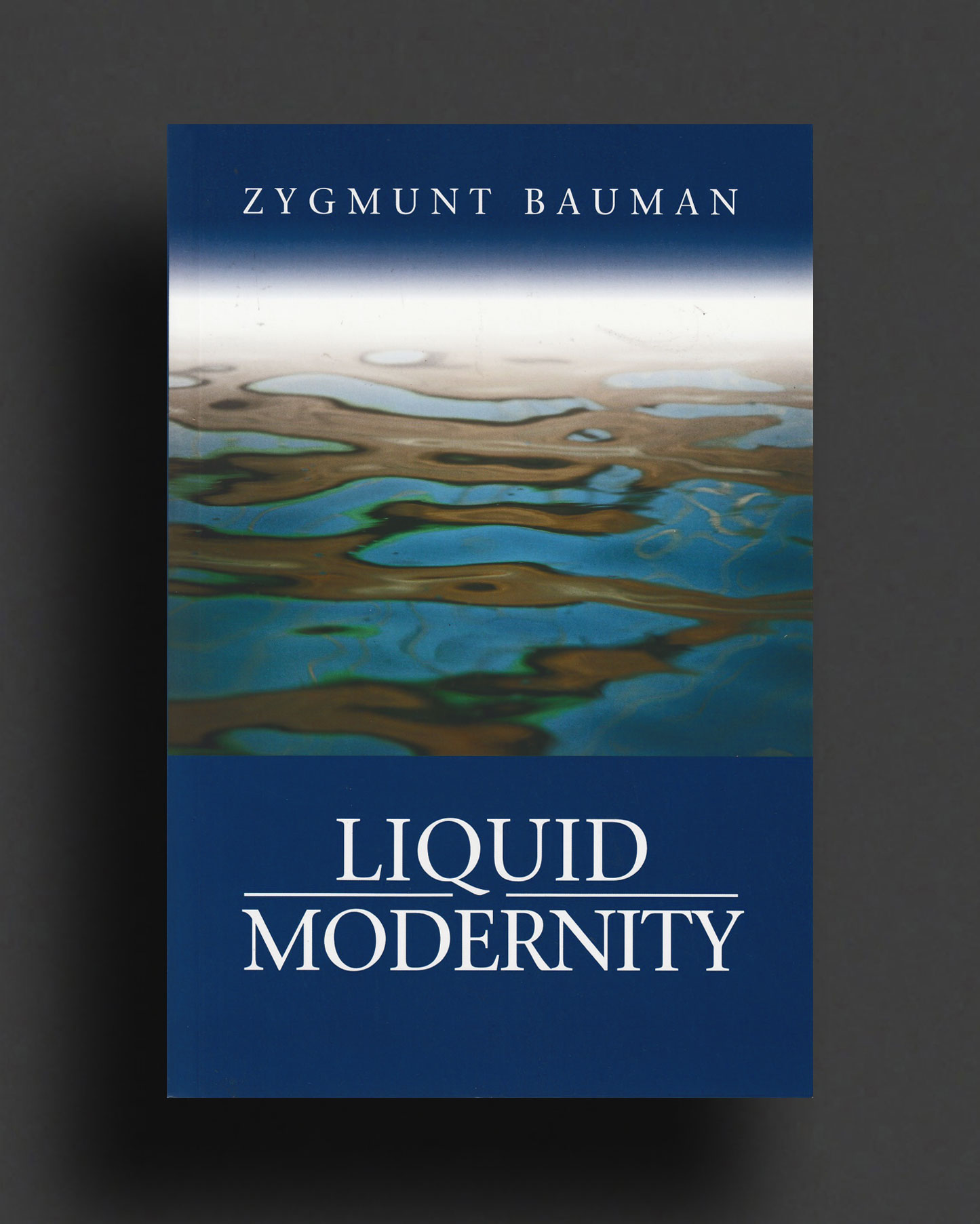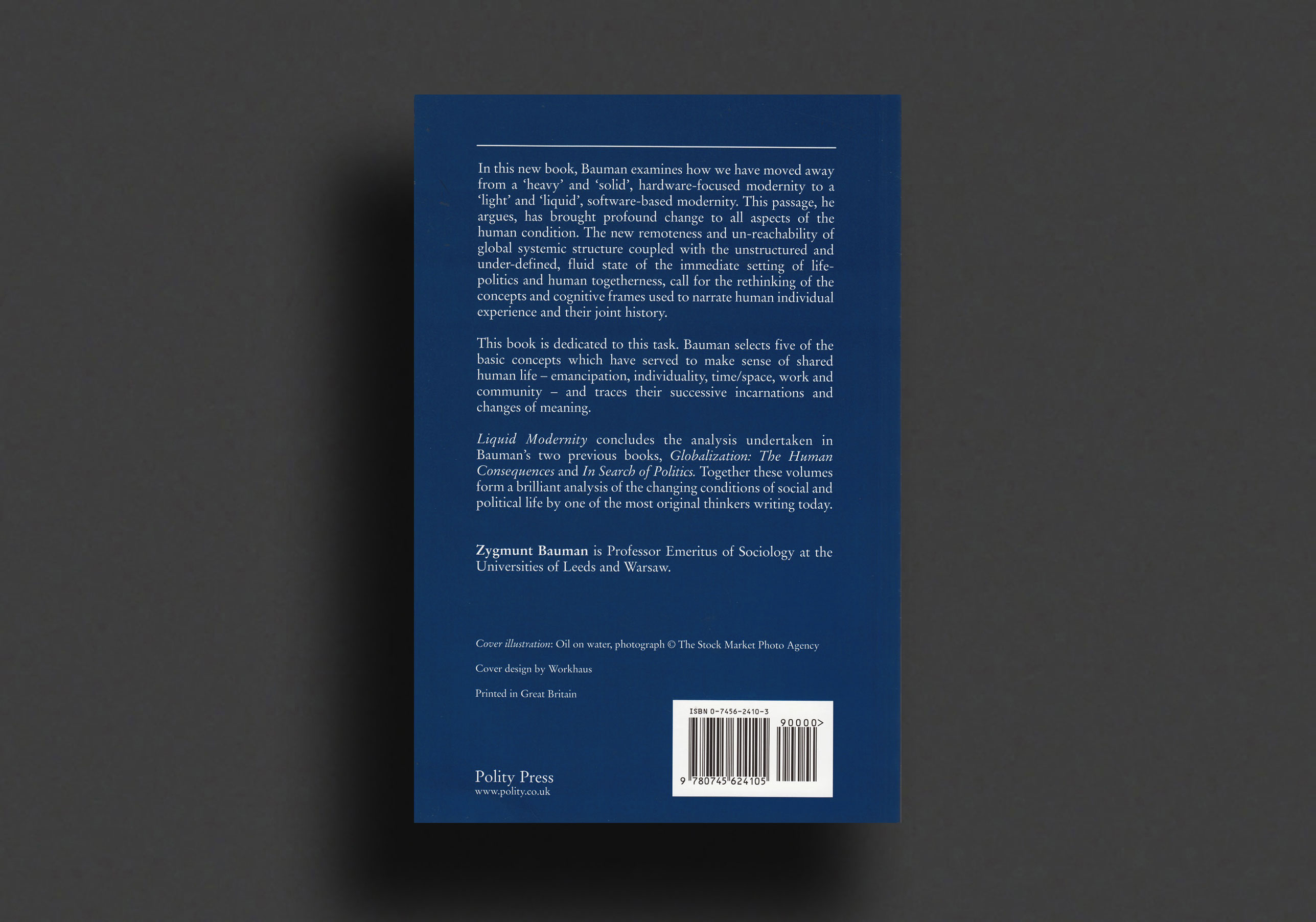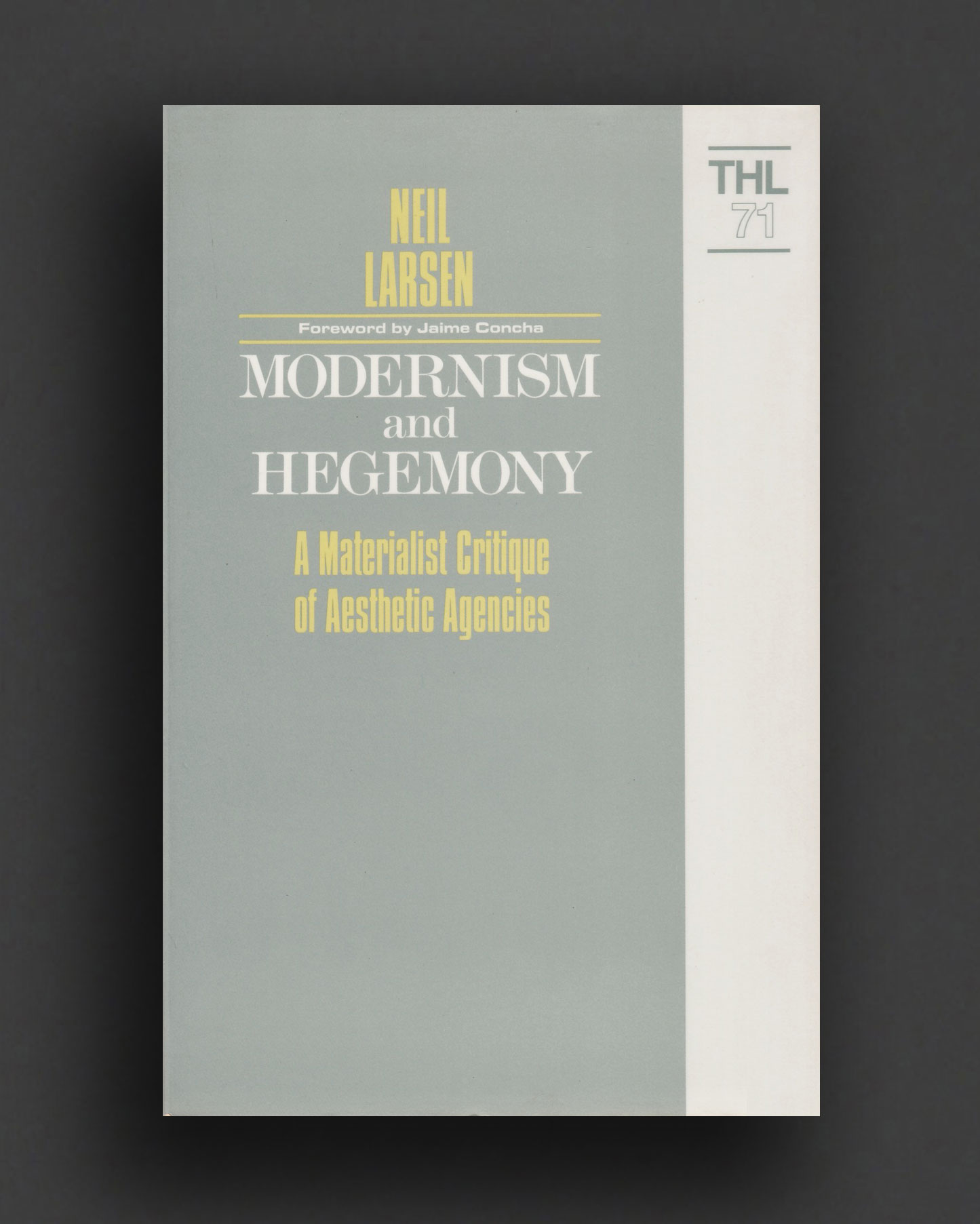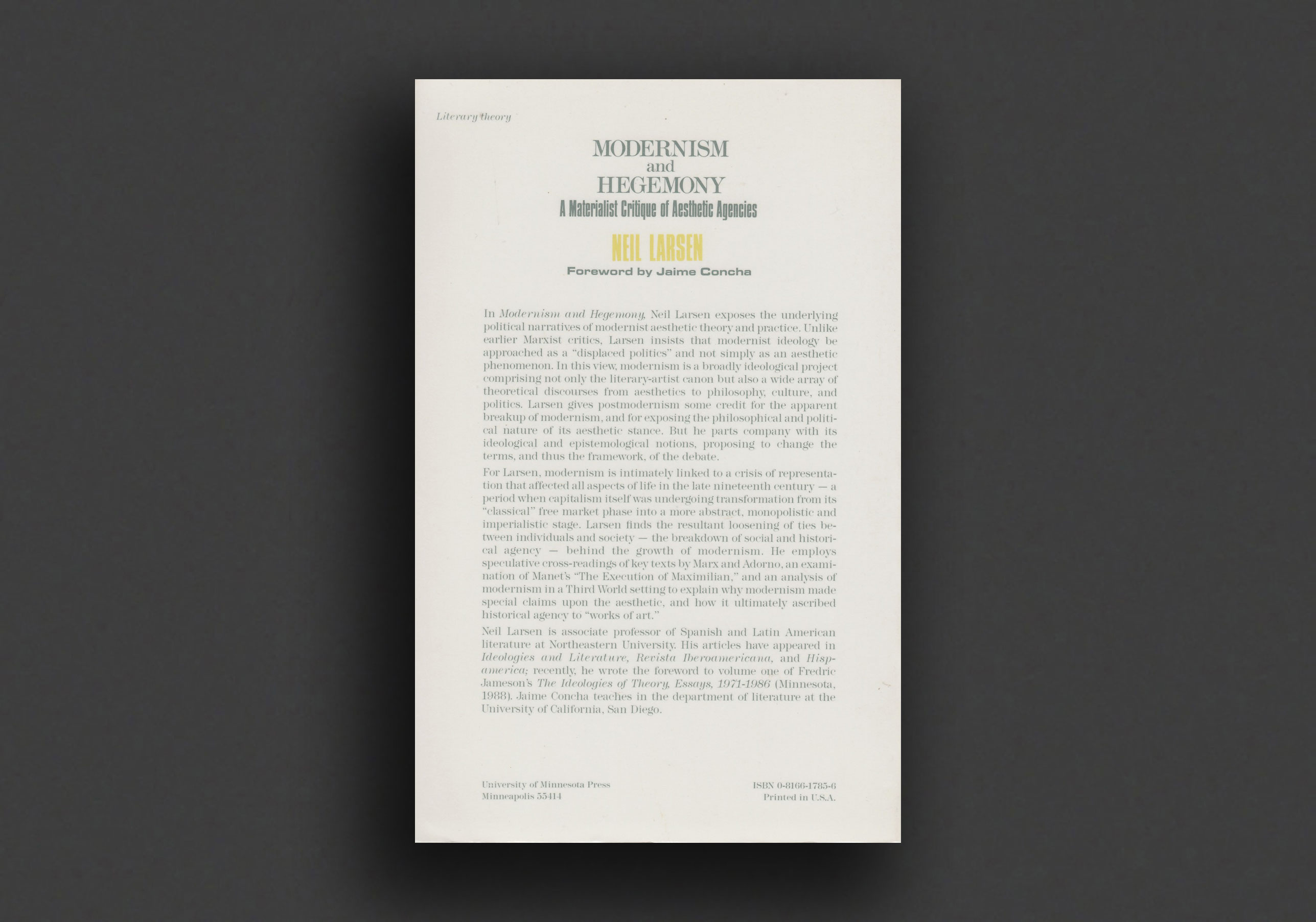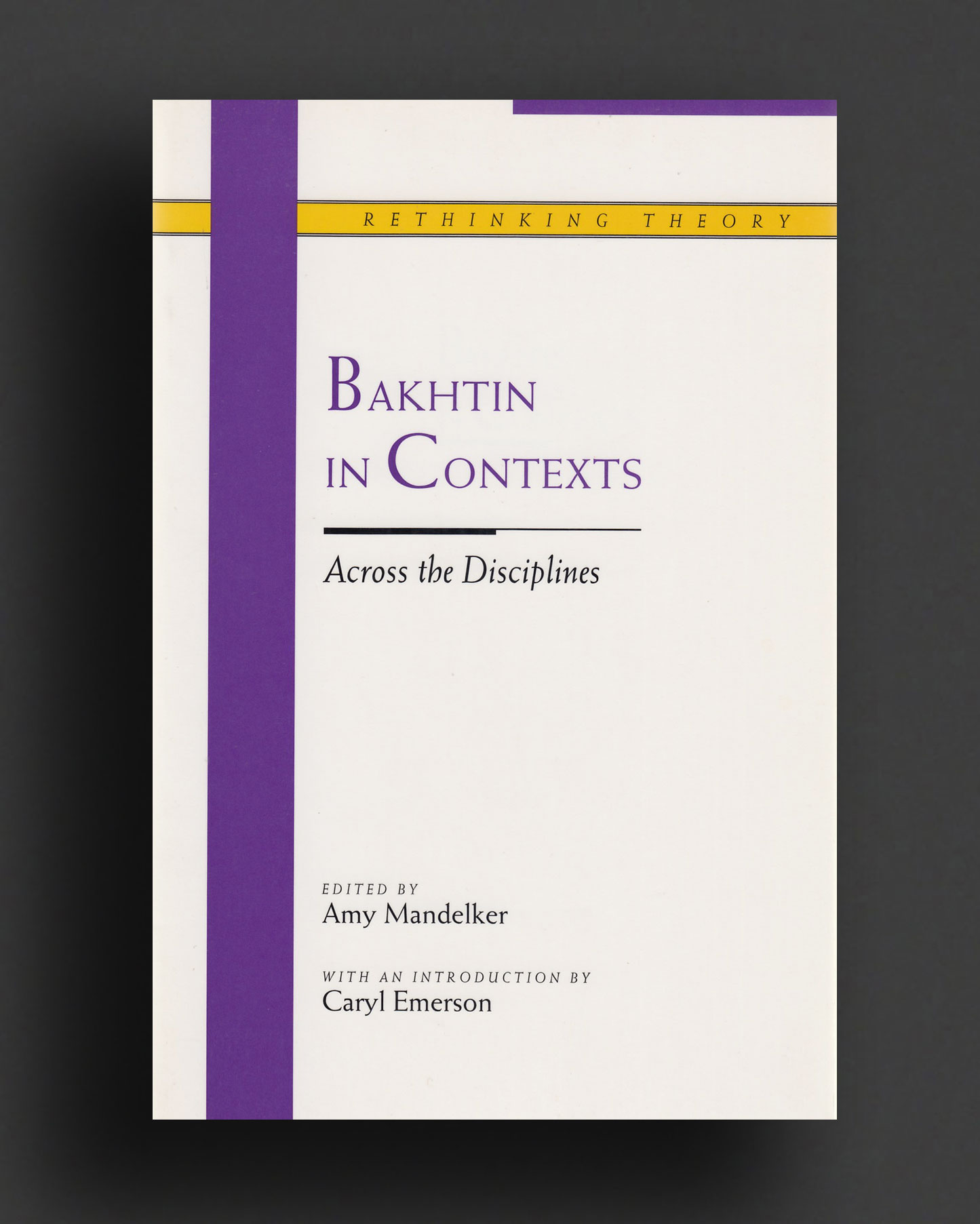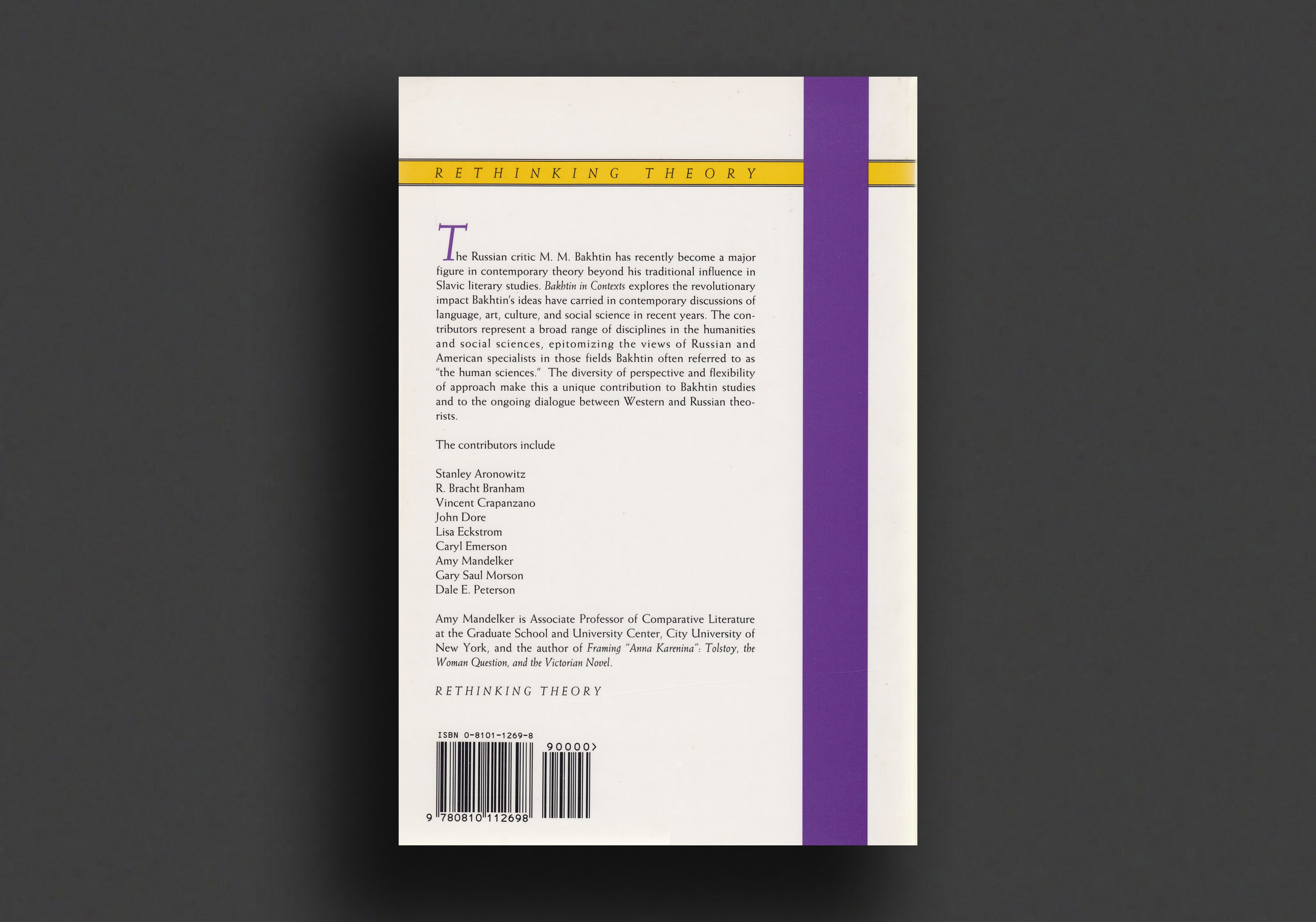(...less)
The final book by the founder of Surrealism, translated into English for the first time.
"Cavalier Perspective shows us the lion in winter, Andre Breton near the end of his life, trying to reconcile all the contradictions of his extraordinary career. It is unexpectedly moving to watch him wrestling with his ghosts, aiming for magic, fitting himself uneasily into the new alien landscape of the 1960s."—Lucy Sante, author of I Heard Her Call My Name: A Memoir of Transition
As leader and chief theoretician of Surrealism, director of myriad publications from the 1920s through the 1960s, poet Andre Breton was a prolific writer of prose. Author of numerous books, essays, and manifestoes, Breton periodically collected his most significant short essays into carefully arranged volumes. His last such collection, Cavalier Perspective, appeared posthumously in 1970; in it, editor Marguerite Bonnet assembled "articles, prefaces, responses to surveys, interviews," written between 1952 and 1966. Modeled on its predecessors, Cavalier Perspective is considered Breton's final book.
Over 50 years after its initial publication, its appearance in English today is a crucial cultural event; here we encounter Breton writing on topics nearest to our present day and most relevant to current social and political issues. Cavalier Perspective finds Breton steadfastly pursuing his anti-fascist, anti-colonialist revolutionary aims in the age of weapons of mass destruction, climate change, and space exploration, concerns largely unknown during Surrealism's more notorious interwar period. Far from conceding the movement's claim to contemporary relevance, and pointedly refusing the imposition of "strict temporal limits," Breton insists on Surrealism's dynamic and dialectical position in the book's titular manifesto, asserting its continuity through its perpetual capacity to respond to the needs of the hour.
More than simply a poet and theoretician, Breton is best considered an "inaugurator of discourse" on the level of a Marx or Freud, and Cavalier Perspective is an essential capstone to his lifetime as the guiding hand behind the worldwide surrealist movement.
"Cavalier Perspective ranges over the final phase of André Breton's career; more than just essays, the book collects assorted reportage, interviews, survey responses, and letters--including a number of forewords and prefaces written for other writers' books, offering a balanced portrait of the man who founded and sustained one of the twentieth century's most influential arts movements."—Eric Bies, Asymptote
"Forty essays are shared here, wildly ranging in subject and theme, from prefaces to books by friends, lectures presented at symposiums, ruminations on magic, communism, astrology, the language of stones, the feverish visions of Robert Desnos and Antonin Artaud and everything else in between. Anyone interested in understanding how Dada morphed into Surrealism and how Surrealism morphed into Fluxus, then into pop art, then into conceptual art, and beyond, would be well served by picking up Monsieur Breton's fabulous guided tour to the avant-garde cultural map of the last century."—Donald Brackett, Embodied Meanings: The Brackett Newsletter
"Breton died two years short of May '68 but his principles were under every paving stone. Whether he is citing Aime Césaire's Discourse on Colonialism as a 'pure source' in the struggle against empire, or reasserting his faith that dreams are 'guiding instructions, ' Breton is clearer than ever here. Cavalier Perspective also contains my favorite Breton quote about writing: 'in relation to everything that could be considered aberrant and unbearable, it should from the outset demonstrate a desire to intervene.'"—Sasha Frere-Jones, author of Earlier
"Cavalier Perspective is André Breton's last book, sensitively assembled by his friend Marguerite Bonnet from occasional texts written during the final decade and a half of his life. It shows him as a significant chronicler of his age, one who was fully engaged with the issues of his time, many of which are still of relevance and vital importance for us today."—Michael Richardson, general editor of The International Encyclopedia of Surrealism
"Addressing all the major themes that preoccupied Breton throughout his career—from Trotskyism and anti-colonialism to anti-rationalism, the role of the marvelous, and the 'complete liberation of poetry and, through it, of life'—these late essays amount to the last word of one of the most influential aesthetic minds of the 20th century. They also give us a vivid portrait of an age drawn through the arts and artists that so profoundly marked it. Austin Carder has performed a monster feat of translation here, catching every nuance of Breton's sinuous, faceted thinking, and Garrett Caples' substantial introduction draws on his extensive scholarship to give the reader the historical, political, and social background necessary to grasp its intricacies and impact."—Cole Swensen, author of And And And
"André Breton within his penultimate range of living issued fumes from a monument of orchids sans Metropolitan concrete and anguish. Via Cavalier Perspective (this belatedly translated voltage) he thrives within waves of his immeasurable aural spell. The latter by means of a blinding convoluted majestic that simultaneously transmutes by means of interior eddy. Within this mesmeric conjointment he powerfully witnesses Artaud, magnifying their mutually thriving poetic identity not unlike magically etched lightning by psychically seeded weather. This interior tenor pervades Cavalier Perspective as it persists by inner lingual leap, always hailing beyond tendentious rationality, the latter charred by delimited lingual essence. Within its refracted state of fractional detritus, its intent is infected by fossilized tenor weighed as it is by linear clotting. Thus the latter state attempts to retain its lostness vis-á-vis instillment by magnification as history."—Will Alexander, author of Divine Blue Light (For John Coltrane)
Founder, leader, and chief theoretician of the surrealist movement, the poet Andre Breton with Philippe Soupault and Louis Aragon, and helped form a French contingent of Dada under the leadership of Tristan Tzara. But already Breton and his friends were moving beyond the absolute negation of Dada to Surrealism, a movement rooted in pure psychic automatism, desire, chance, poetry, and the marvelous. Under Breton's leadership, Surrealism became the most vital European avant-garde of interwar high modernism, its influence extending to Egypt, Japan, and the Caribbean. Exiled to the United States during the Second World War, due to the Nazi occupation, Breton would return to Paris in 1945 and continue to lead the movement until his death in 1966.
File under:
Andre Breton
Robert Desnos
Antonin Artaud
City Lights Books / San Francisco
Theory / Essay
Fiction / Poetry
Surrealism
Dada
Art
Socialism / Communism / Capitalism




















































































































































